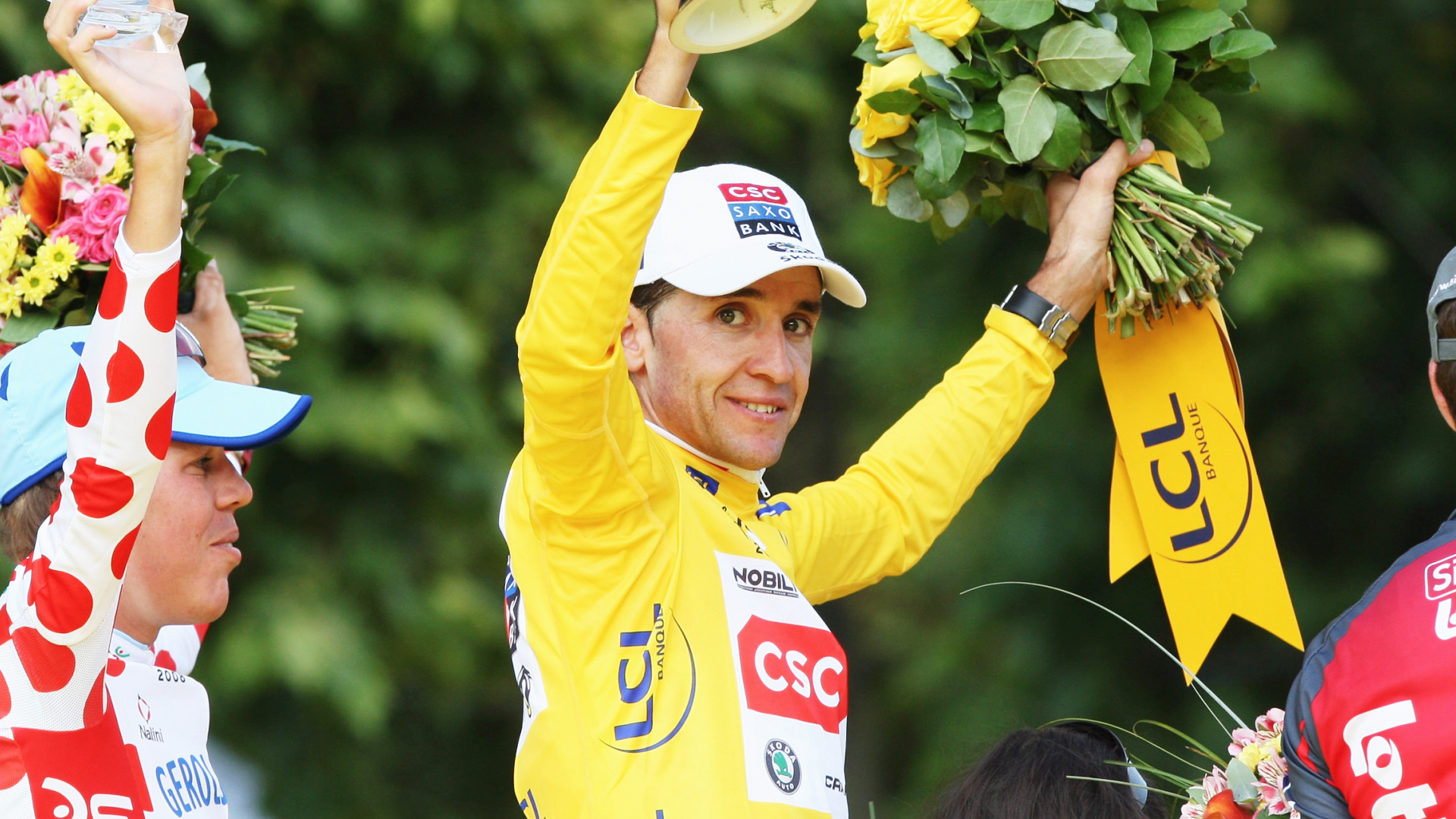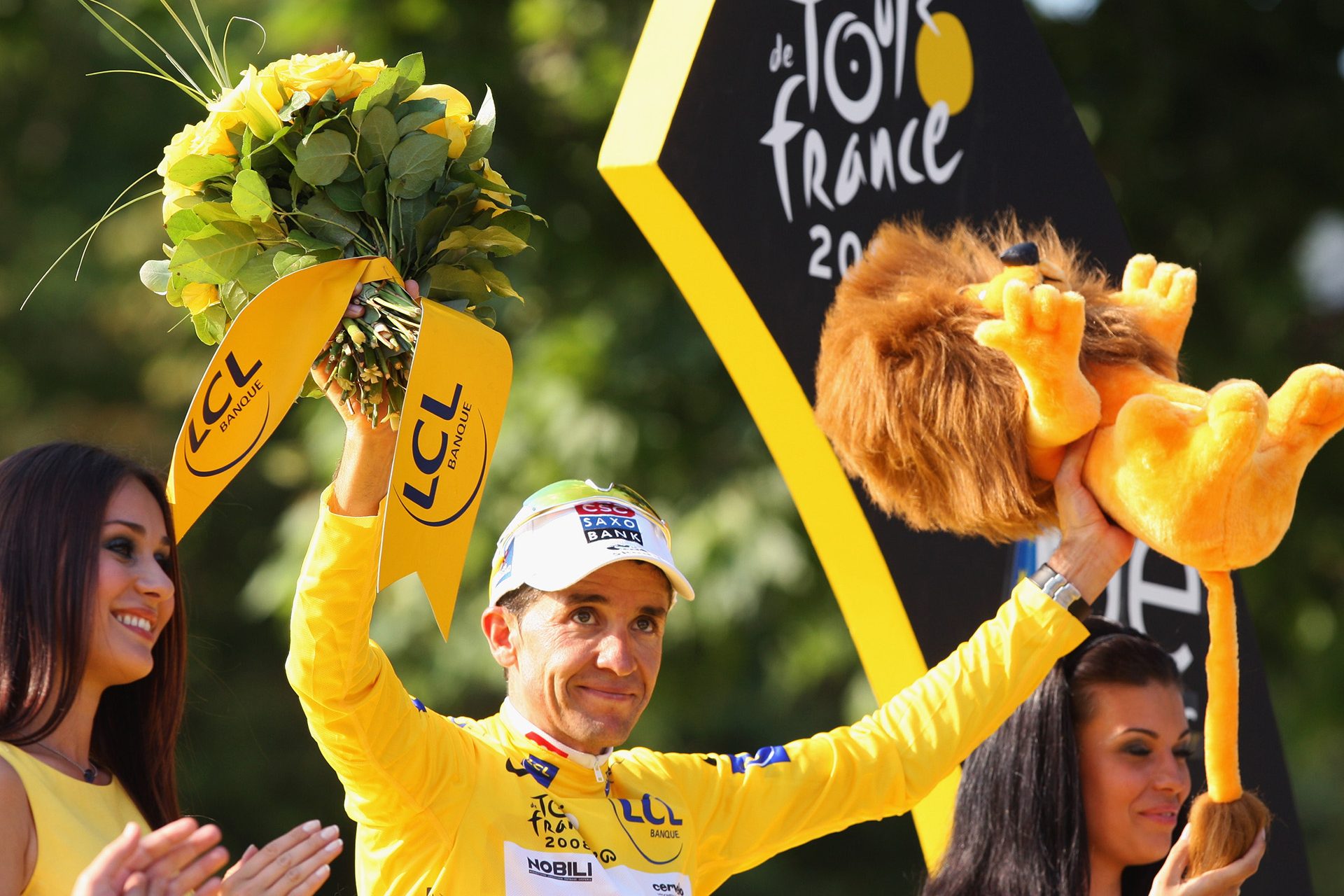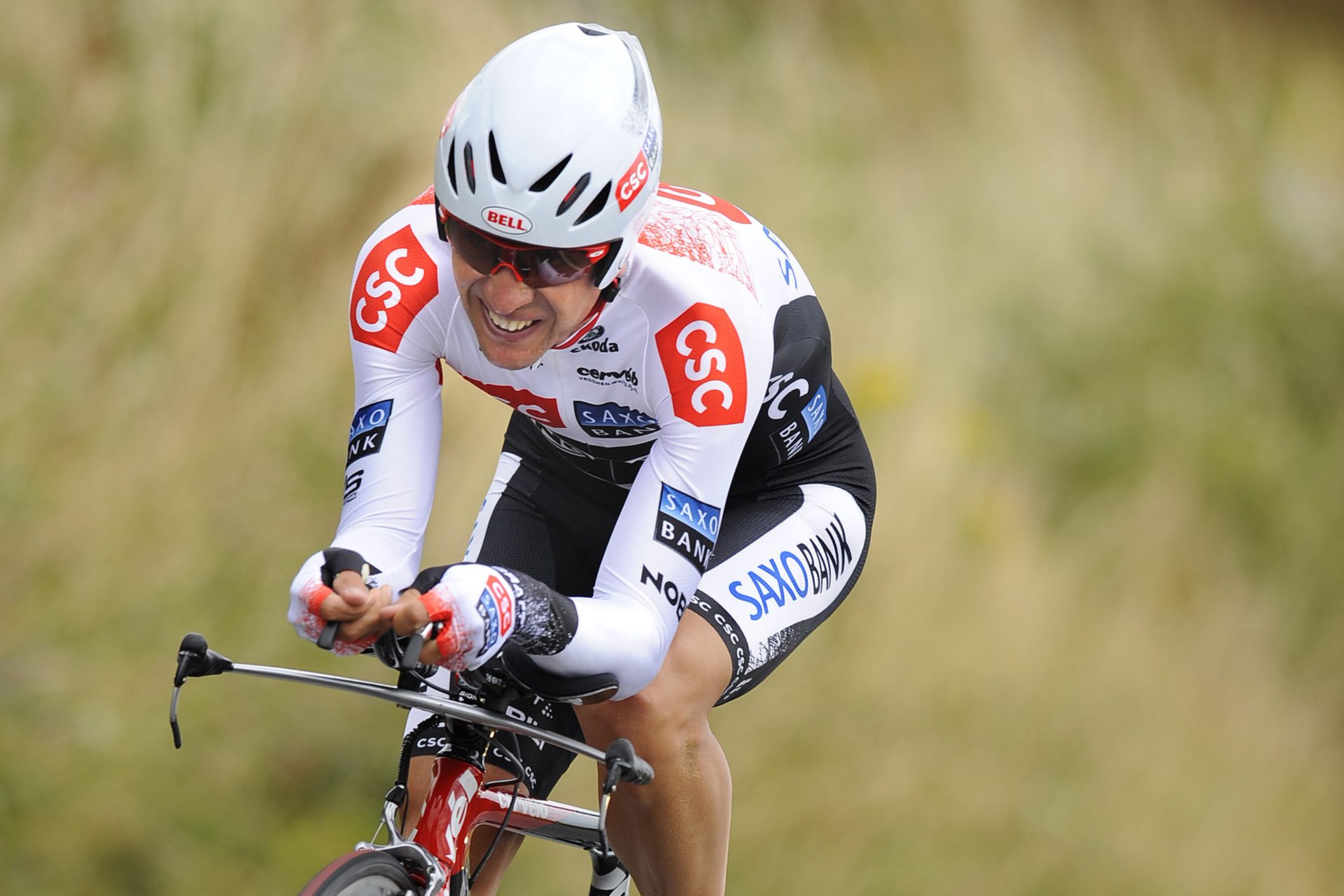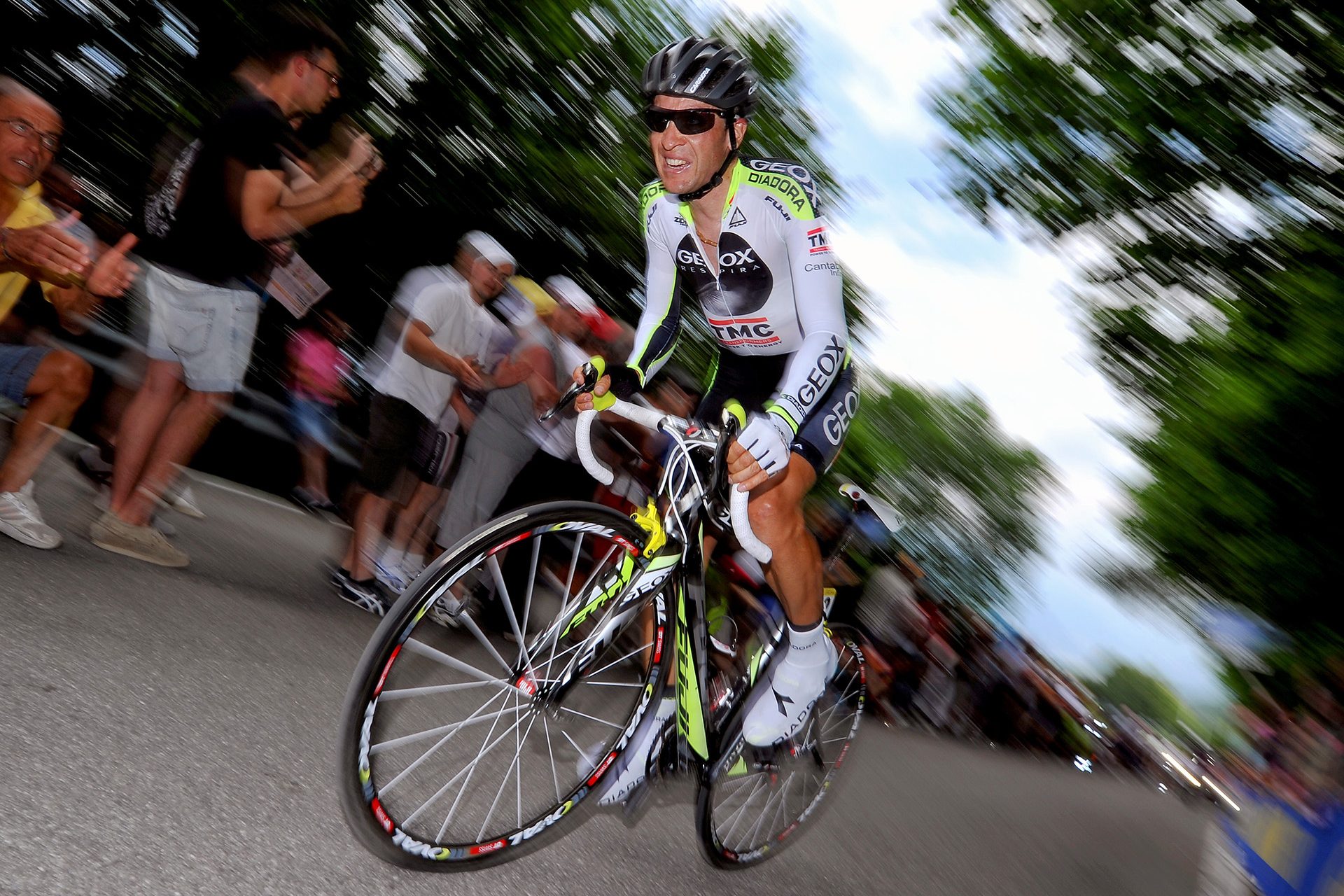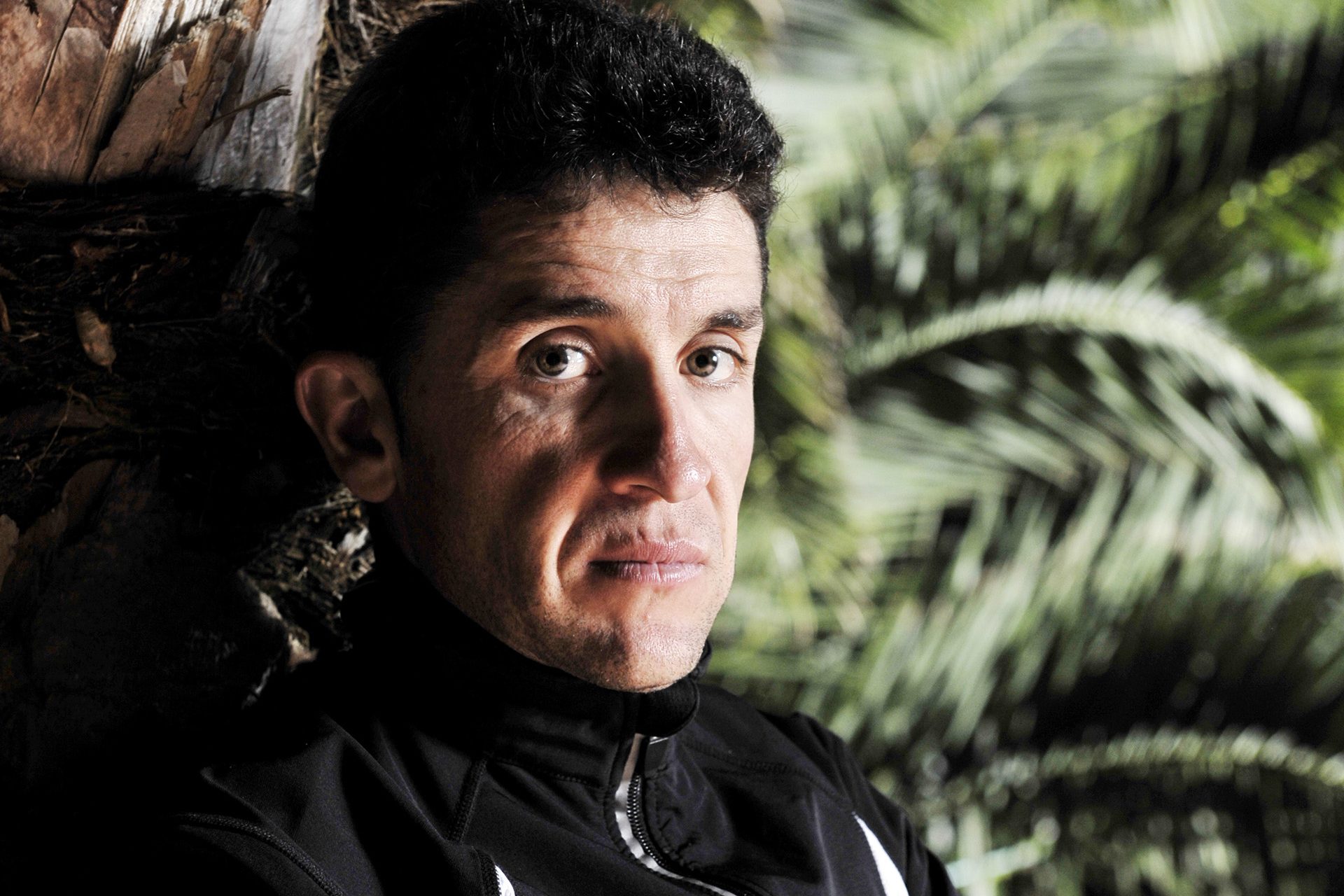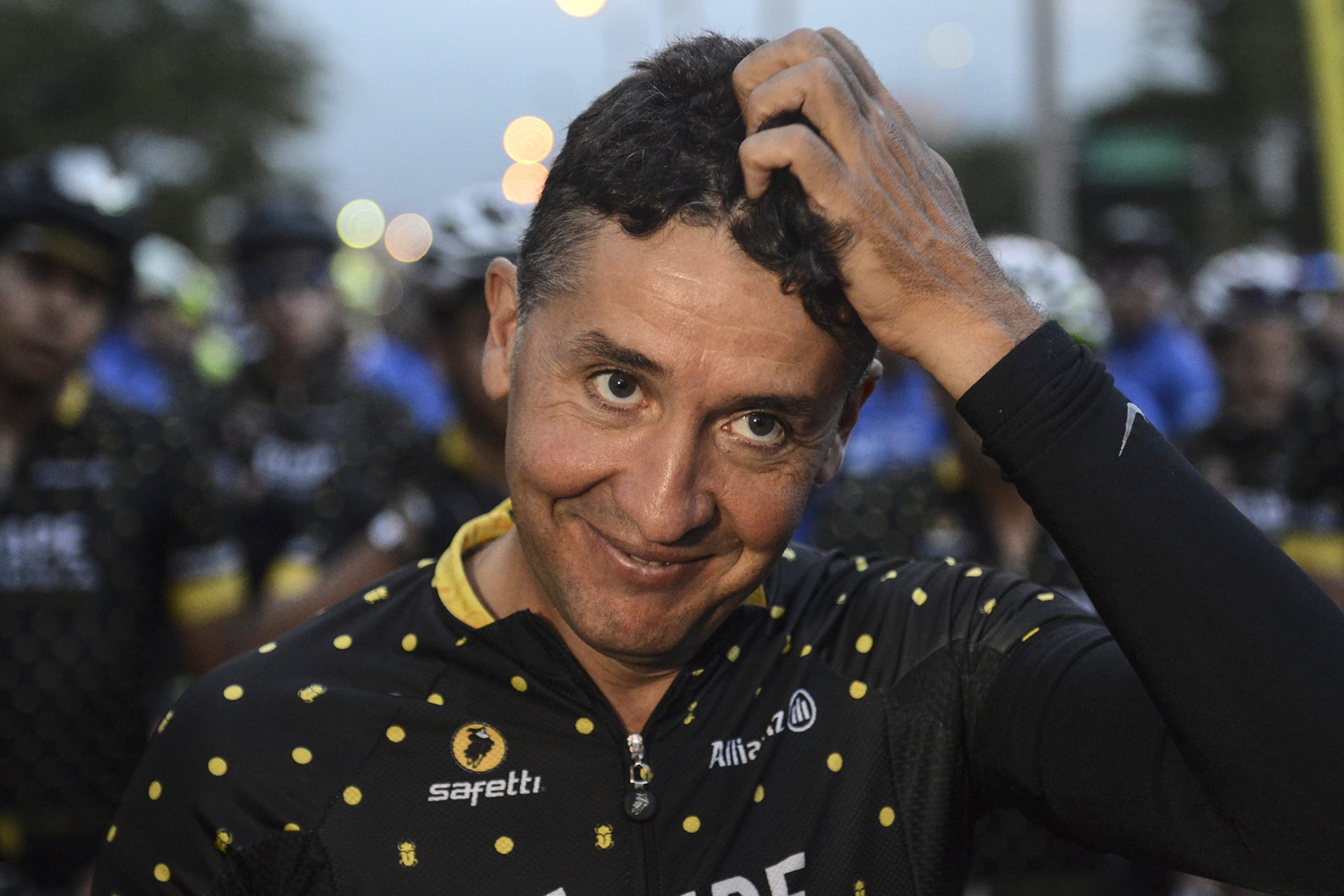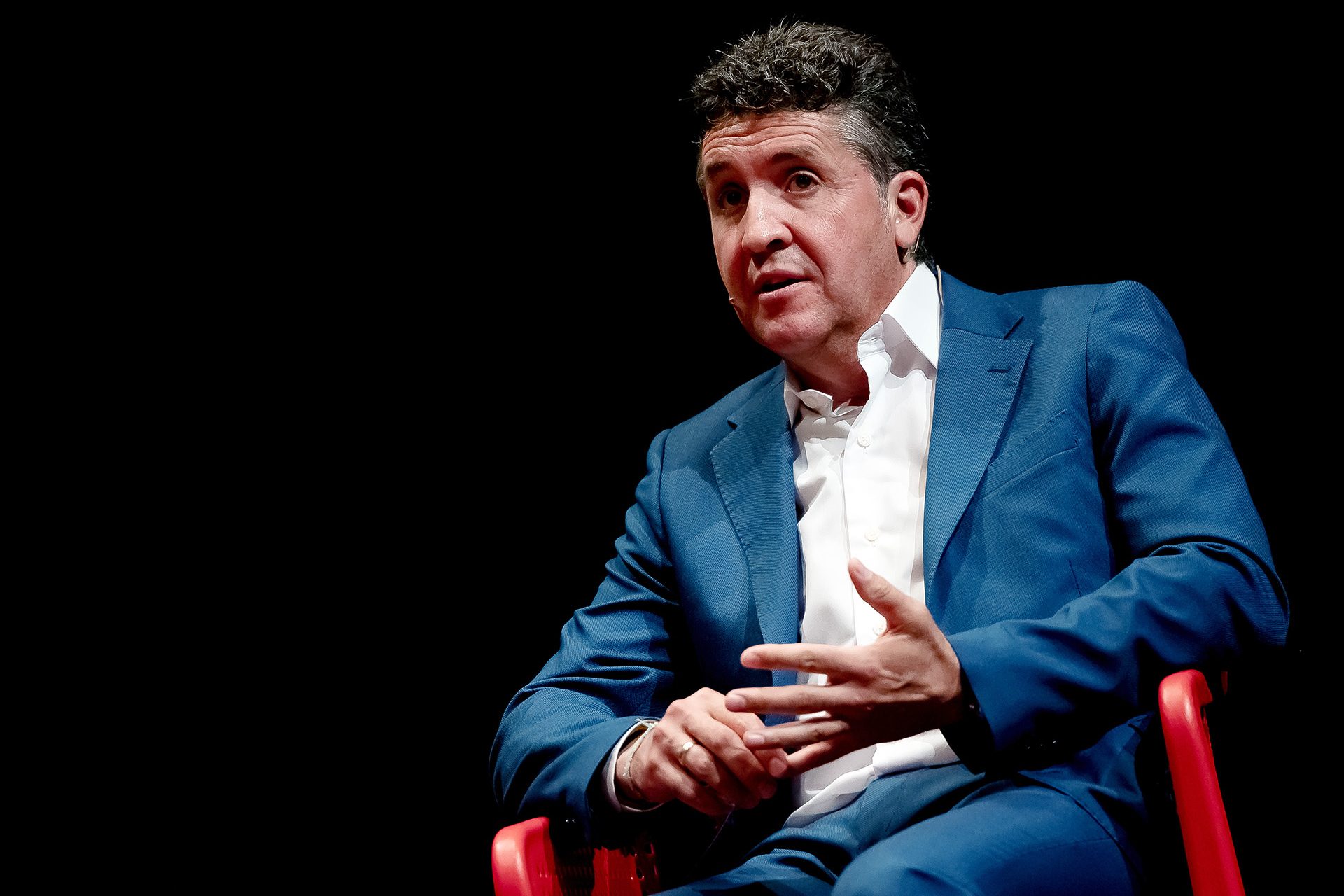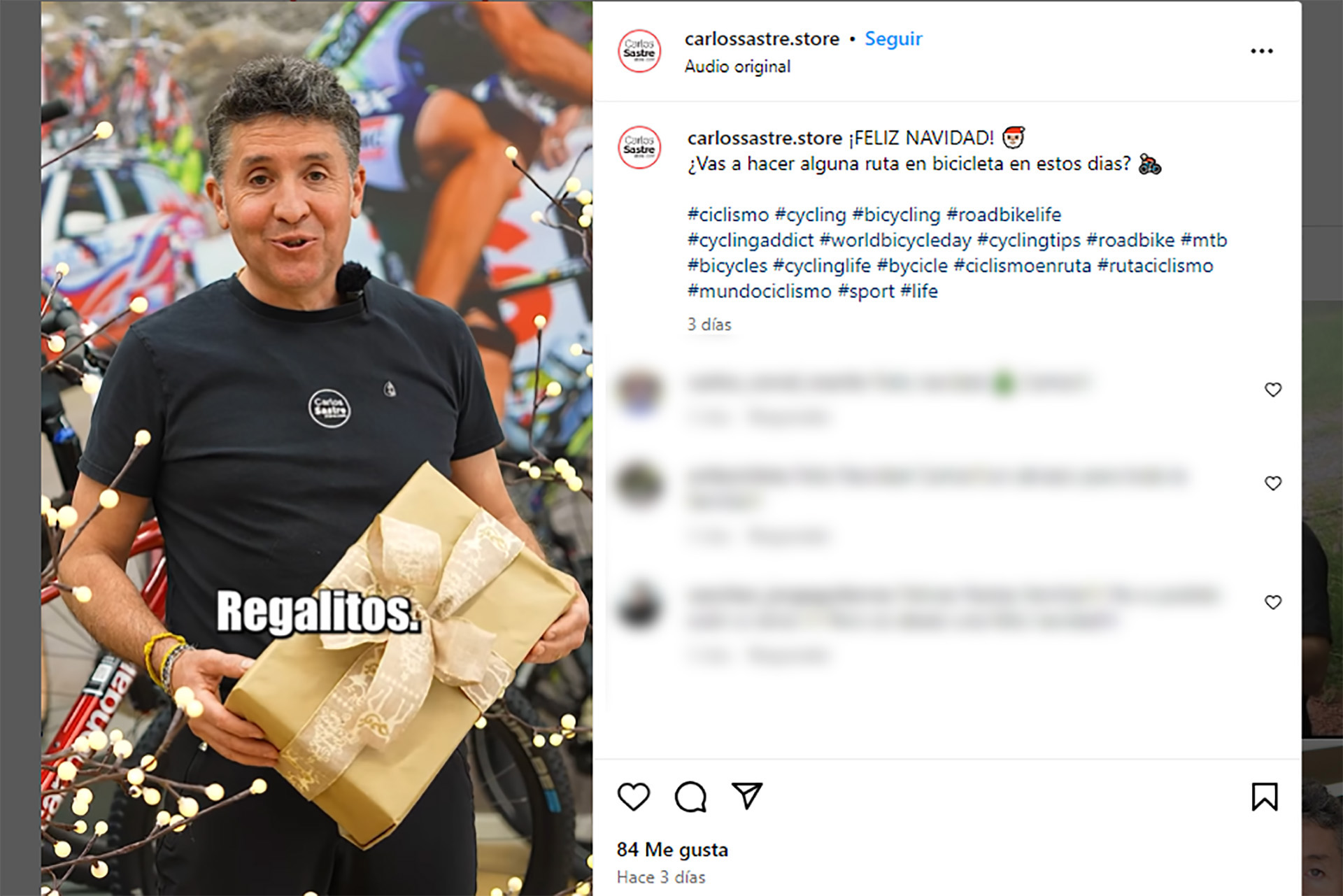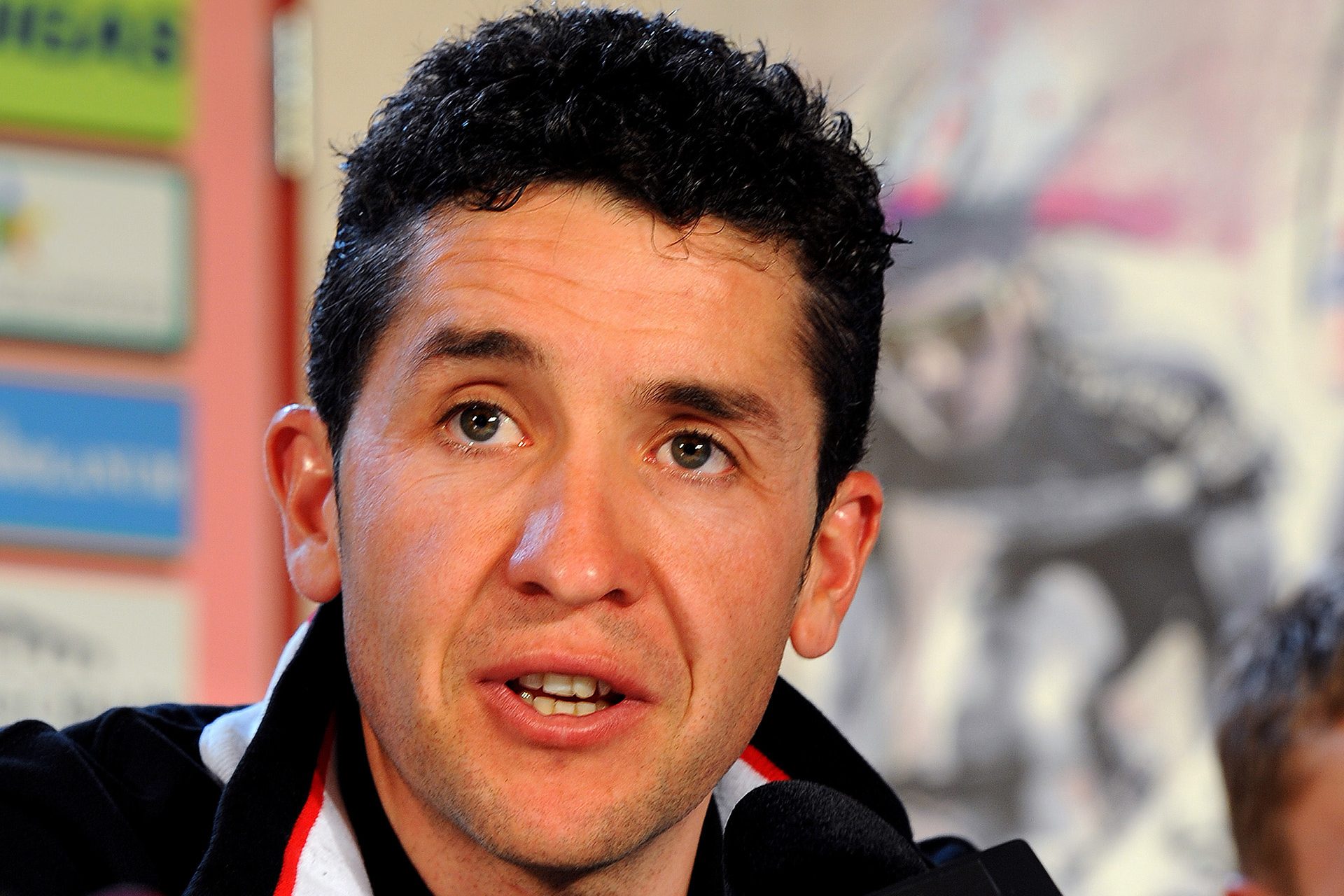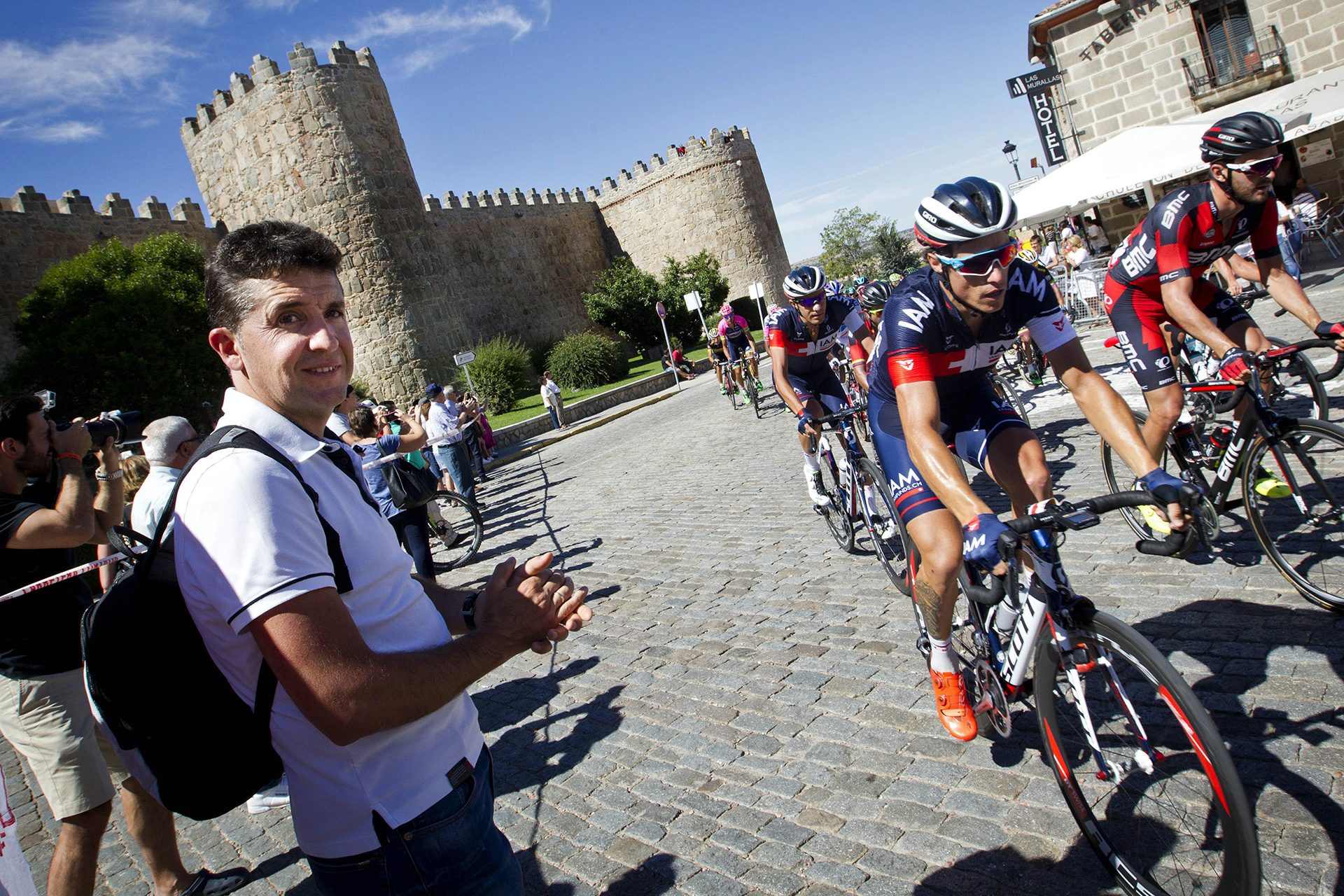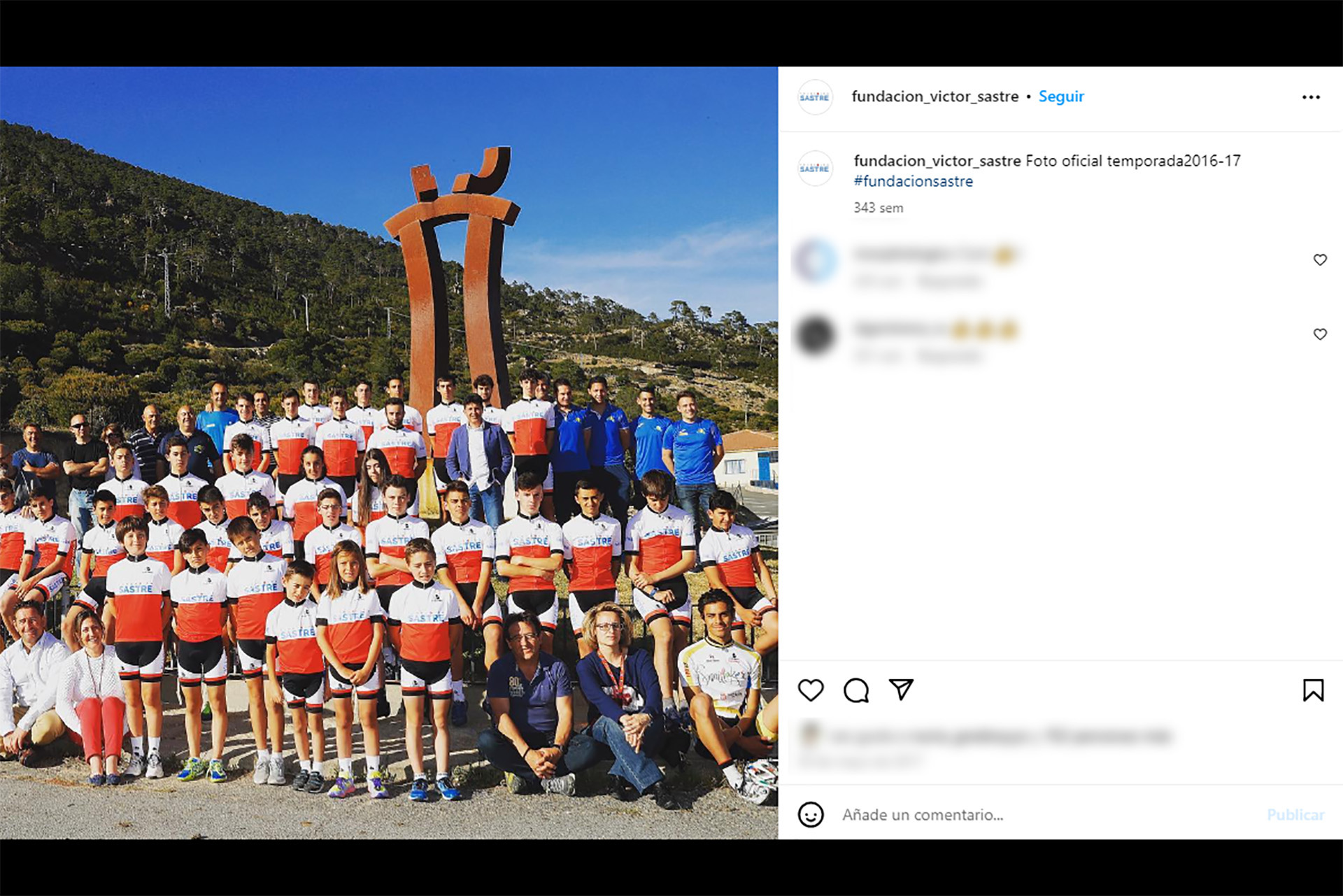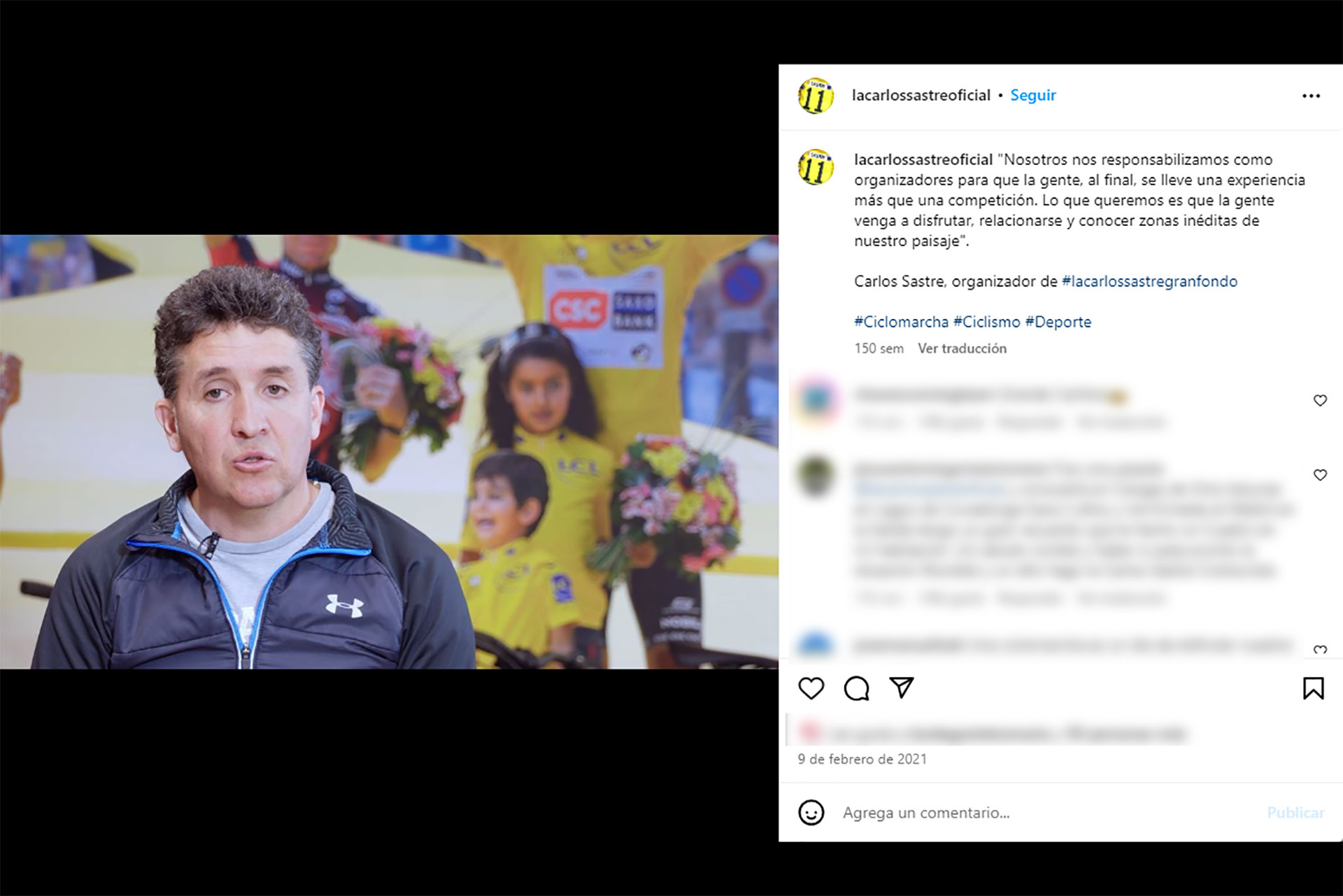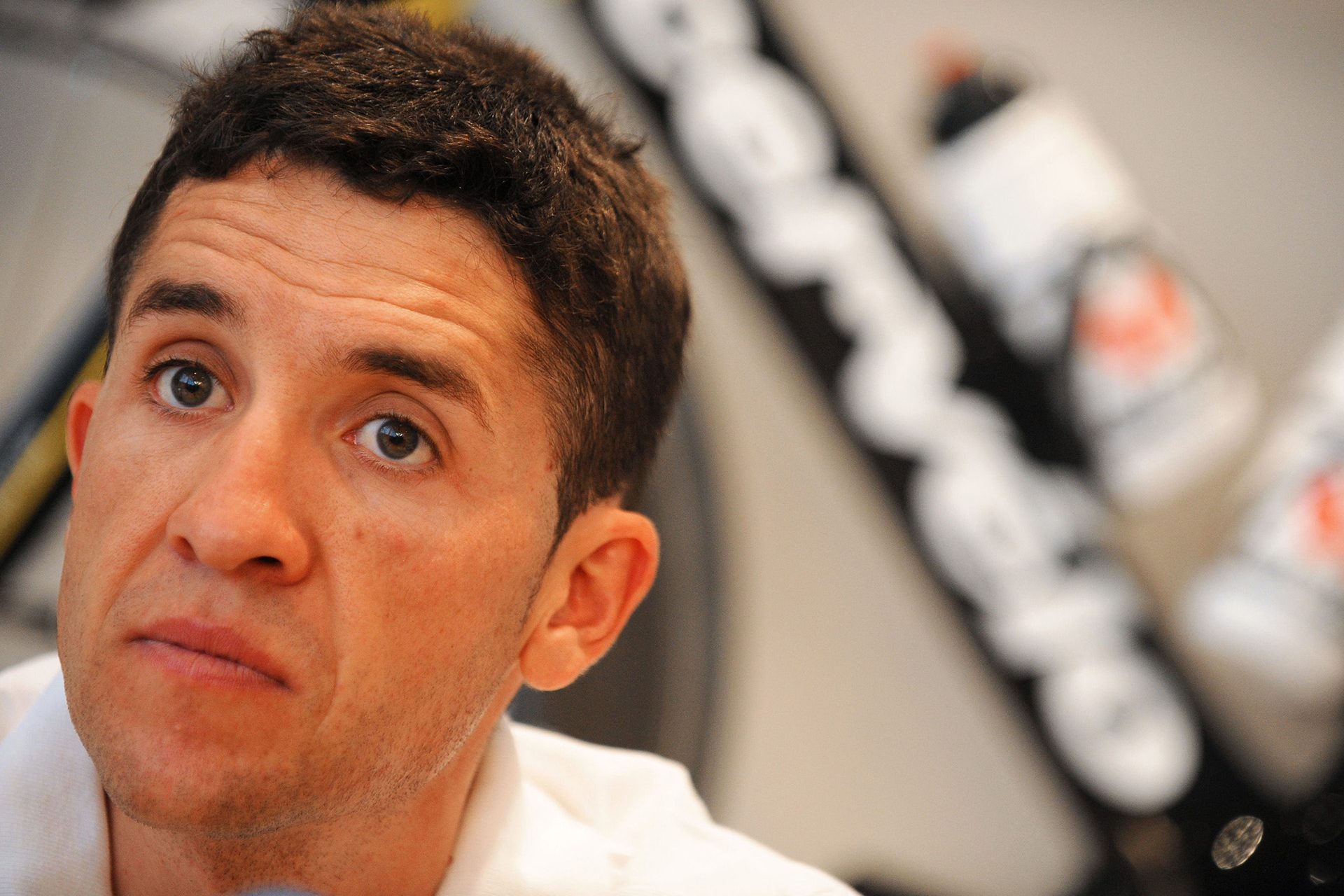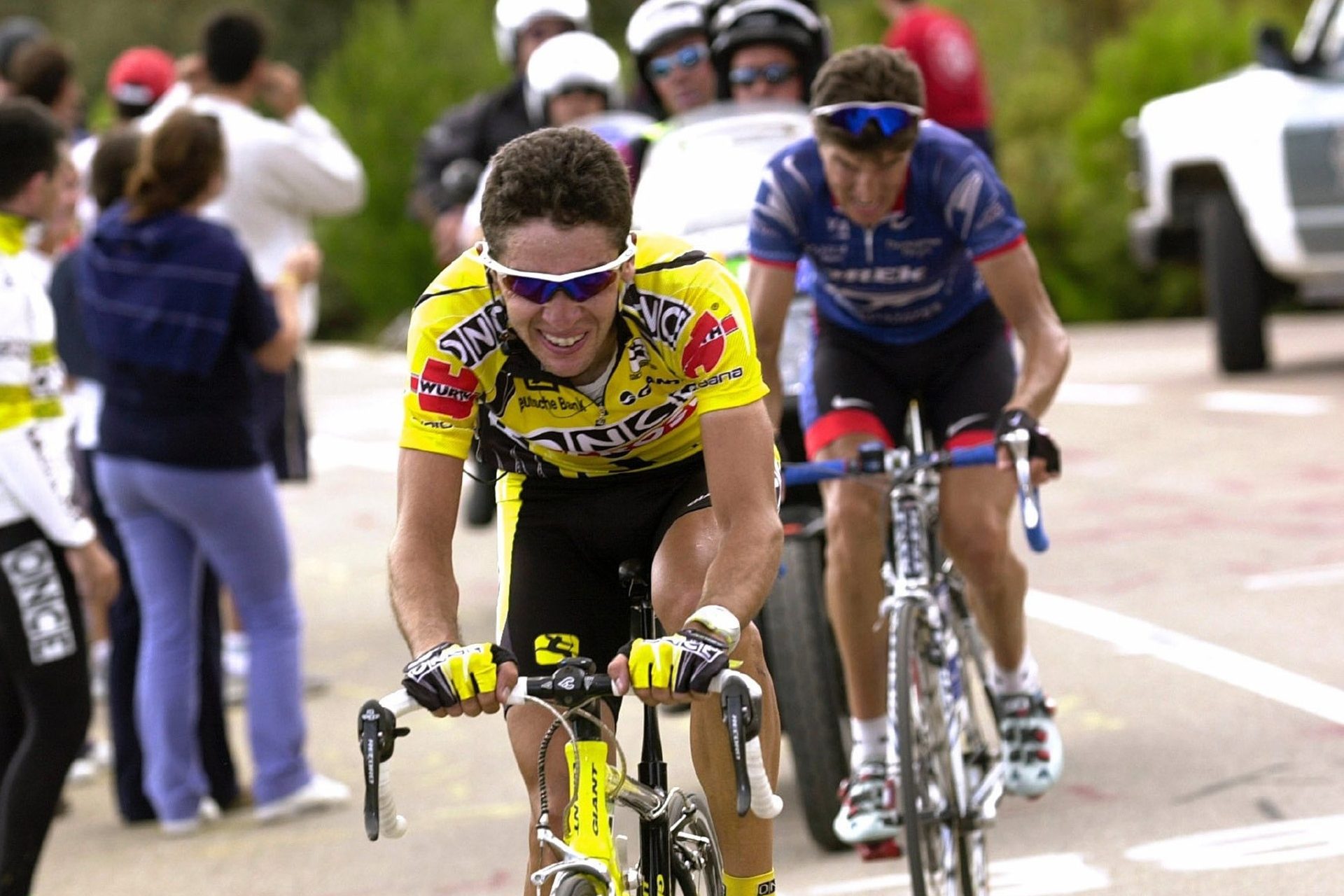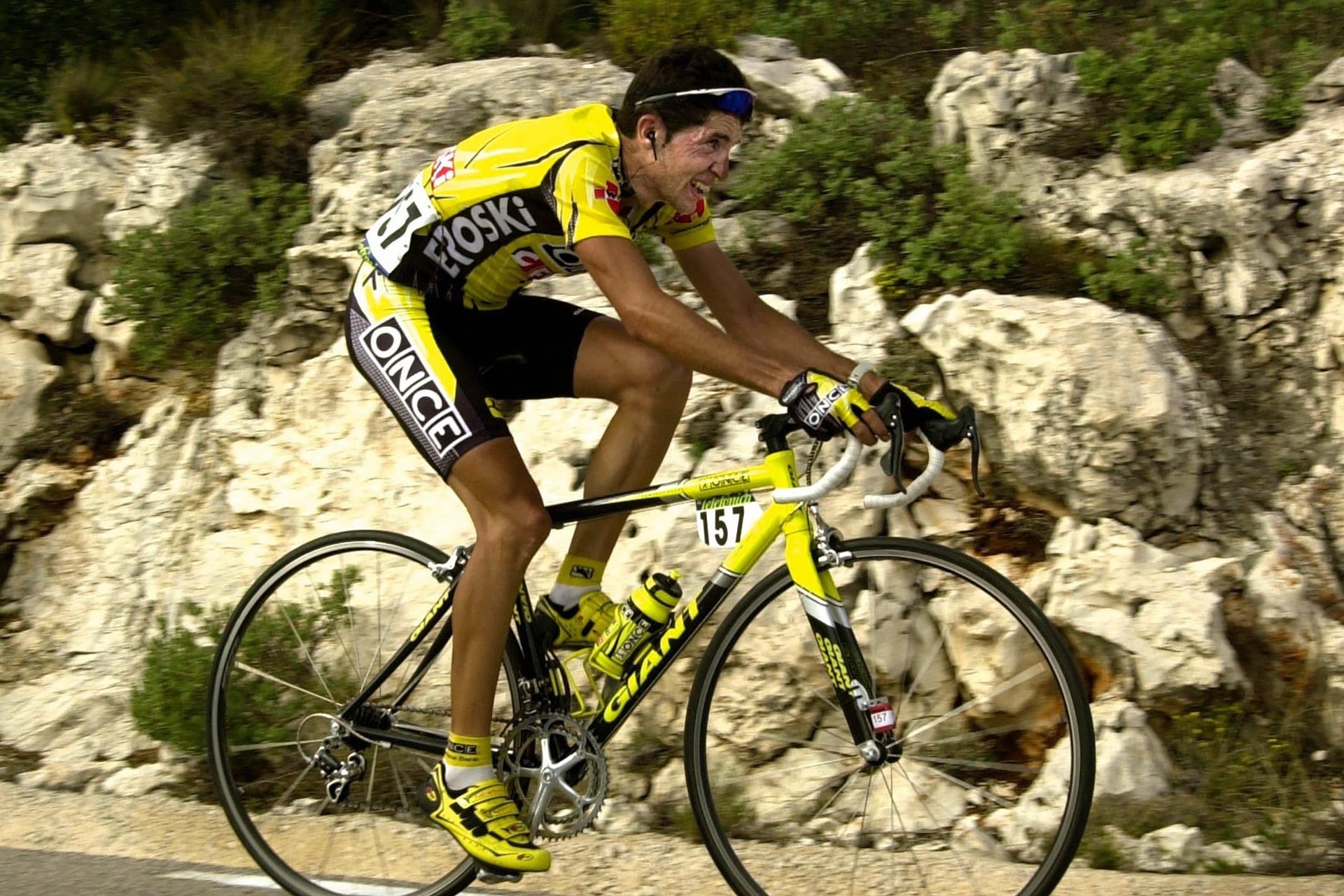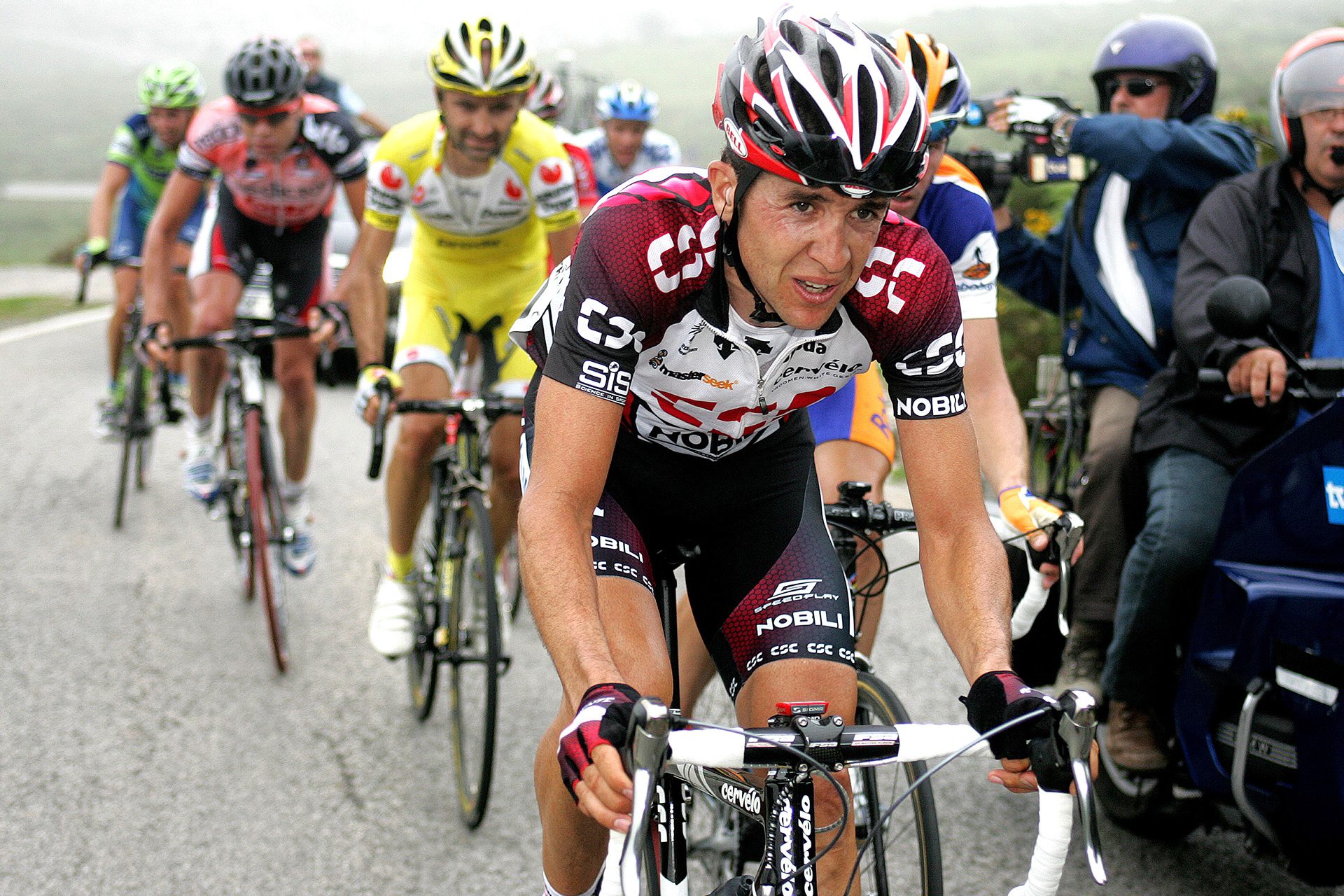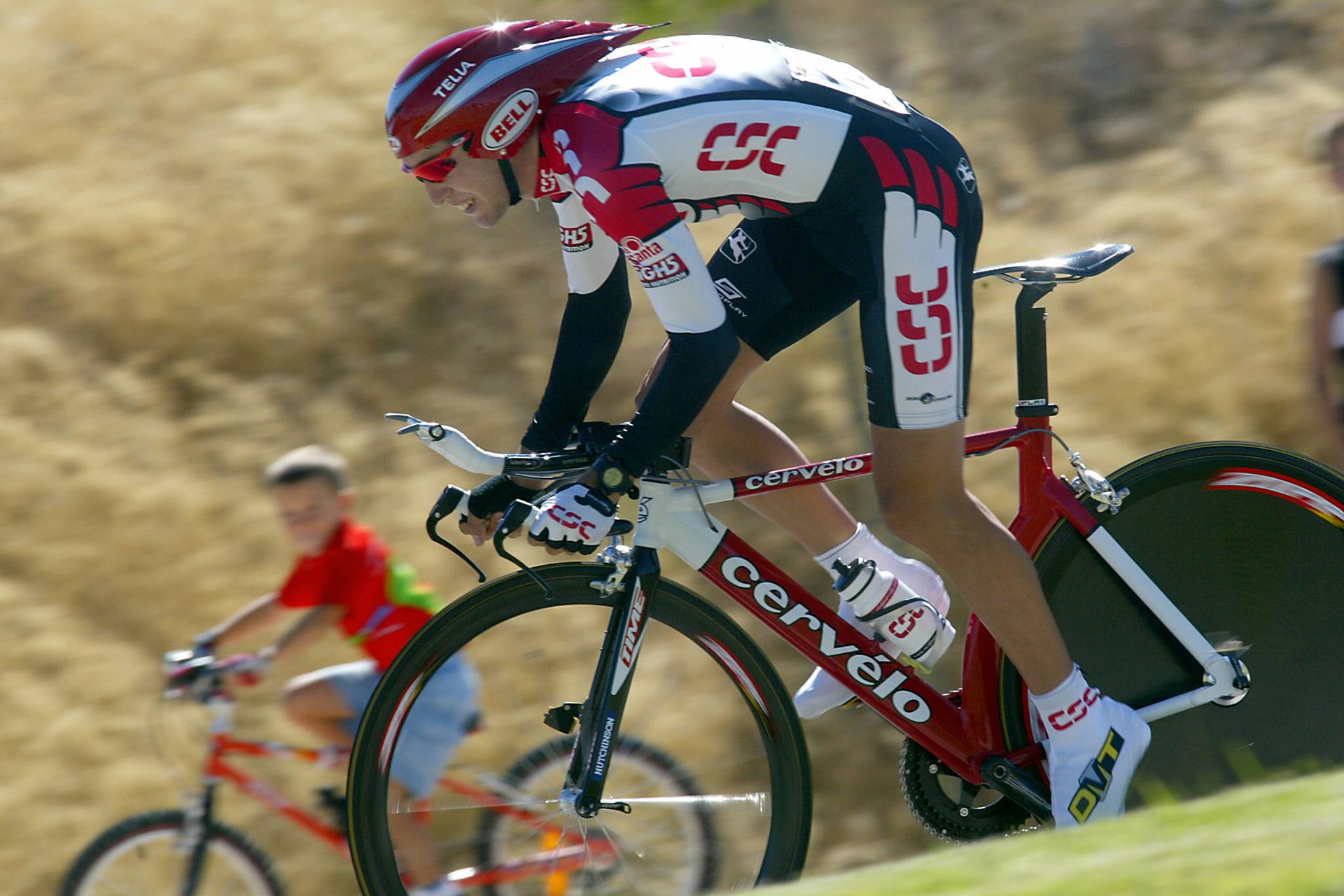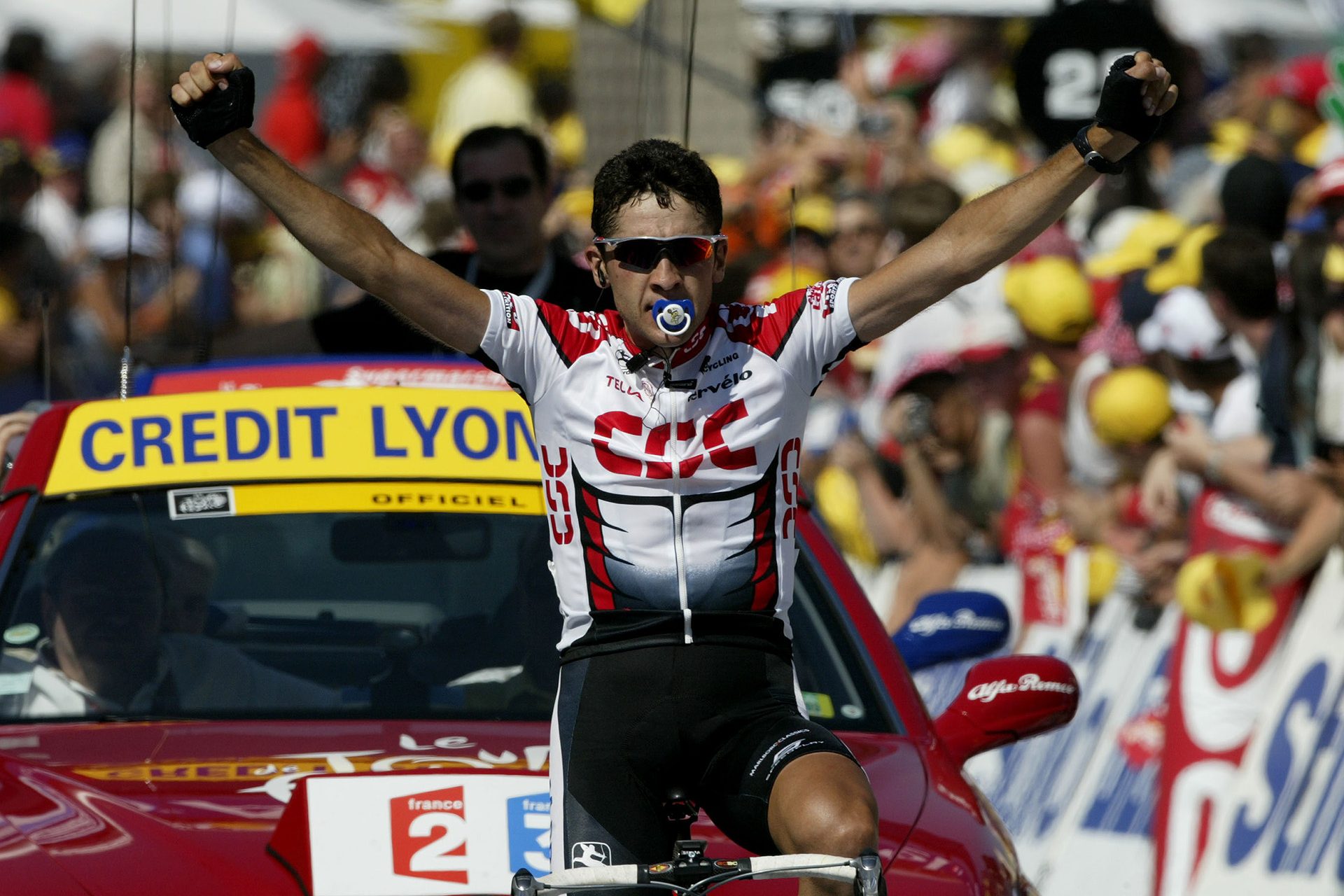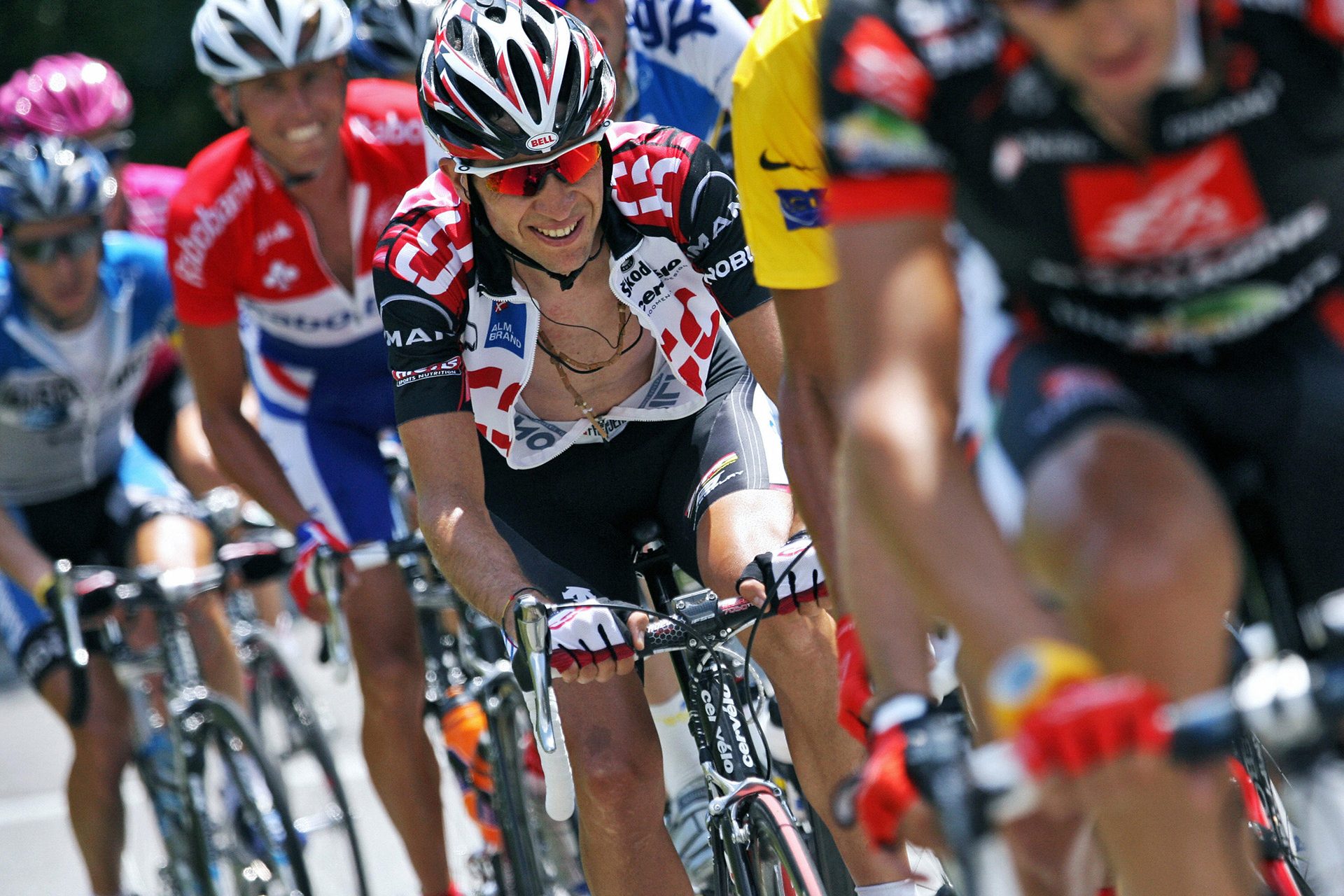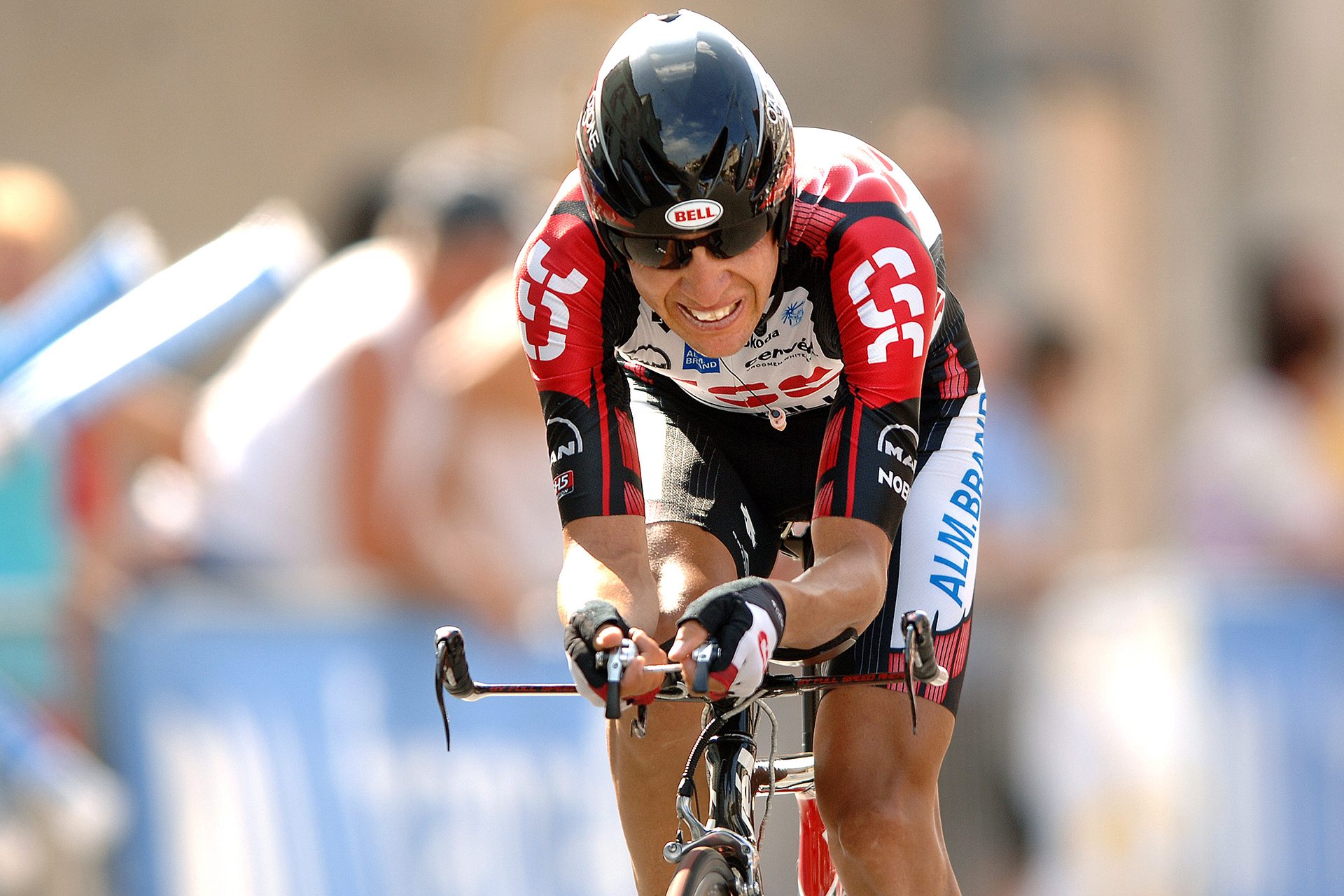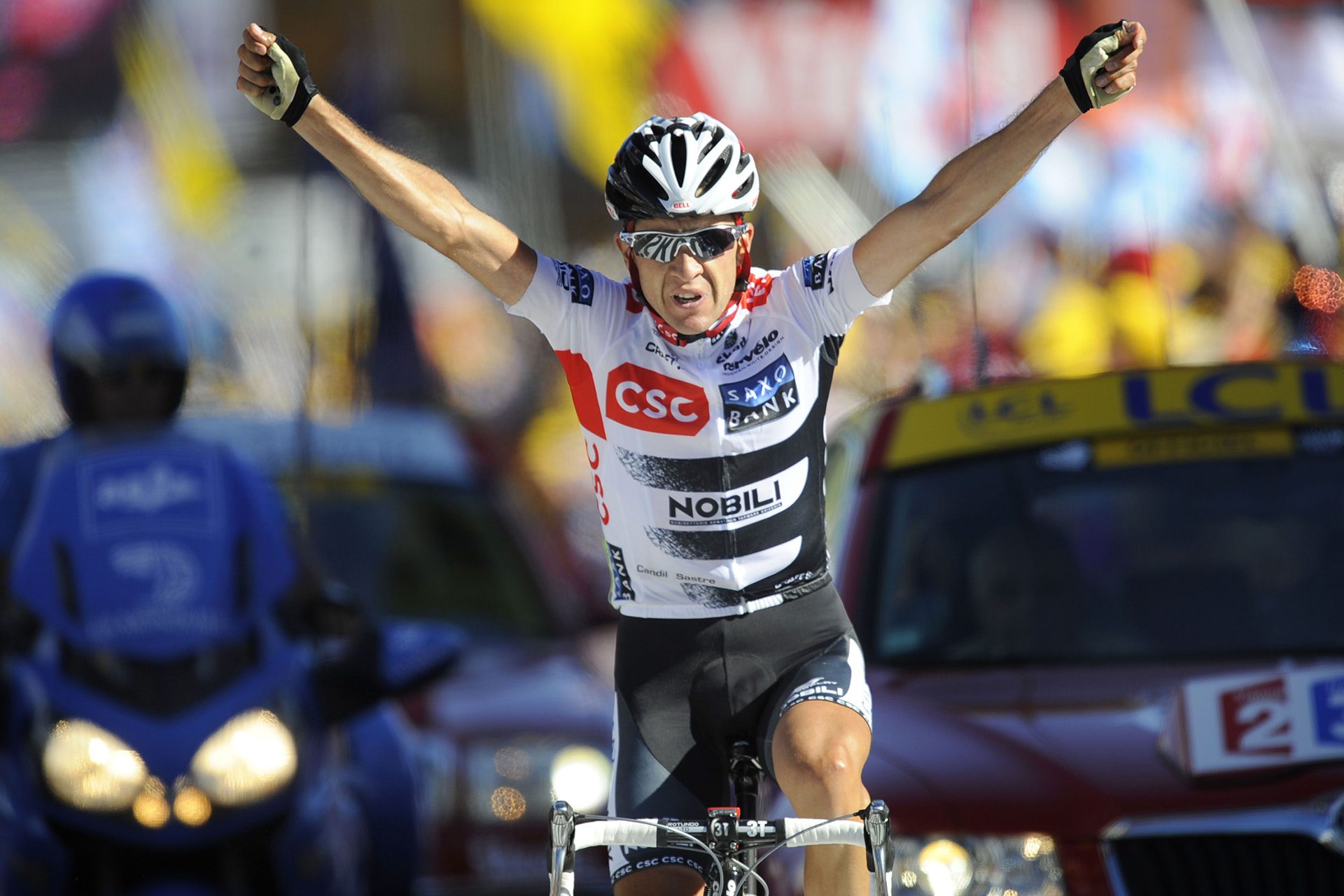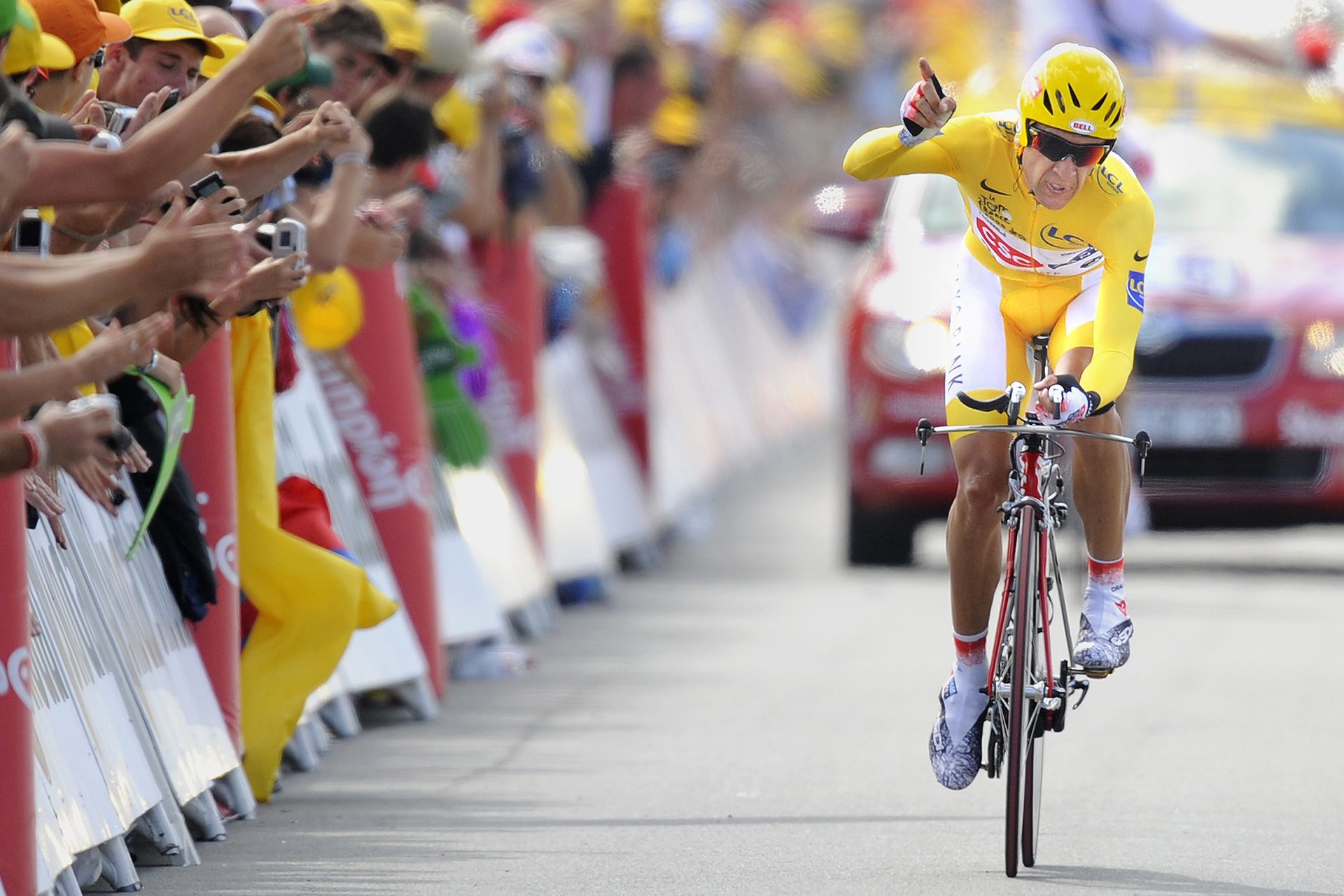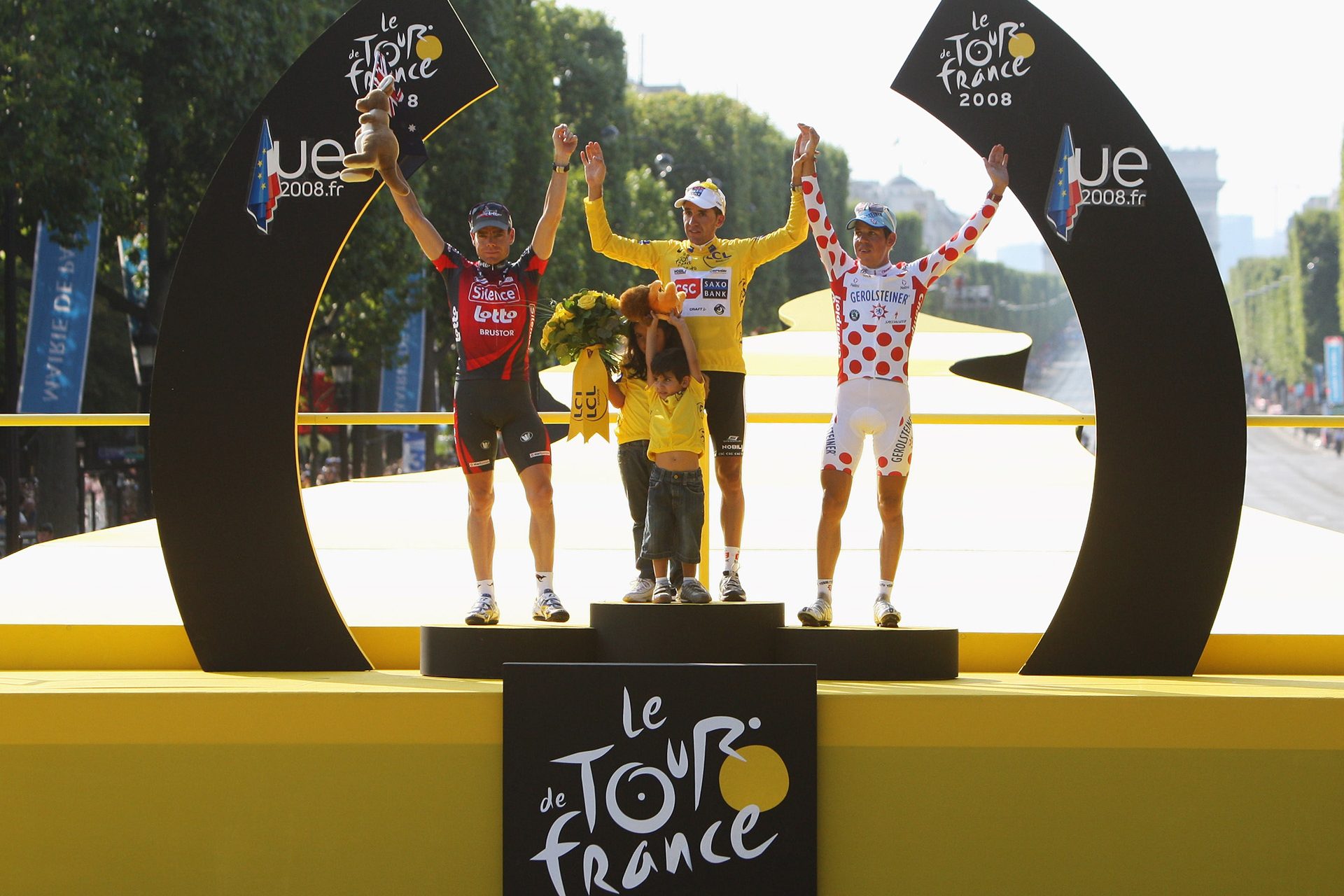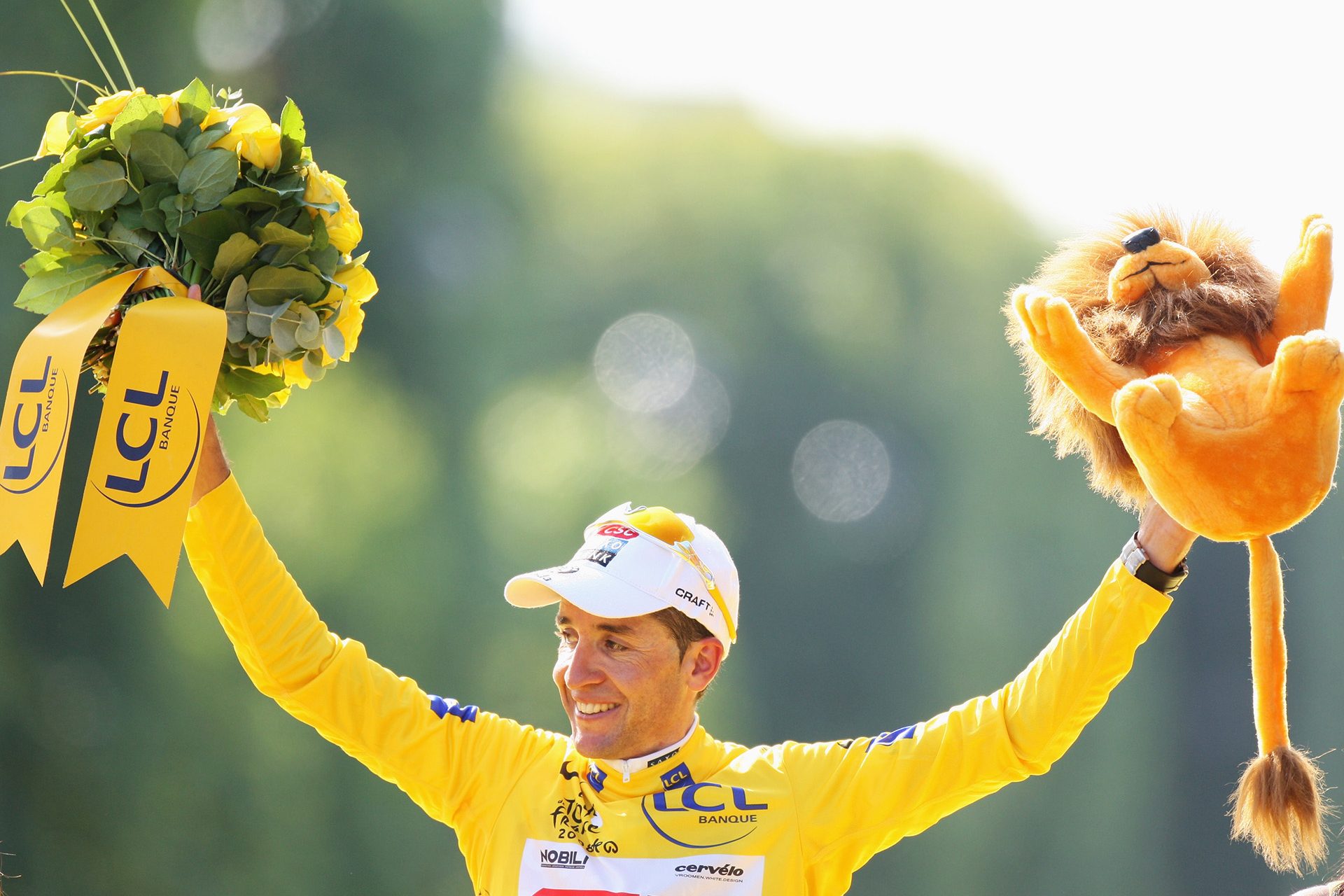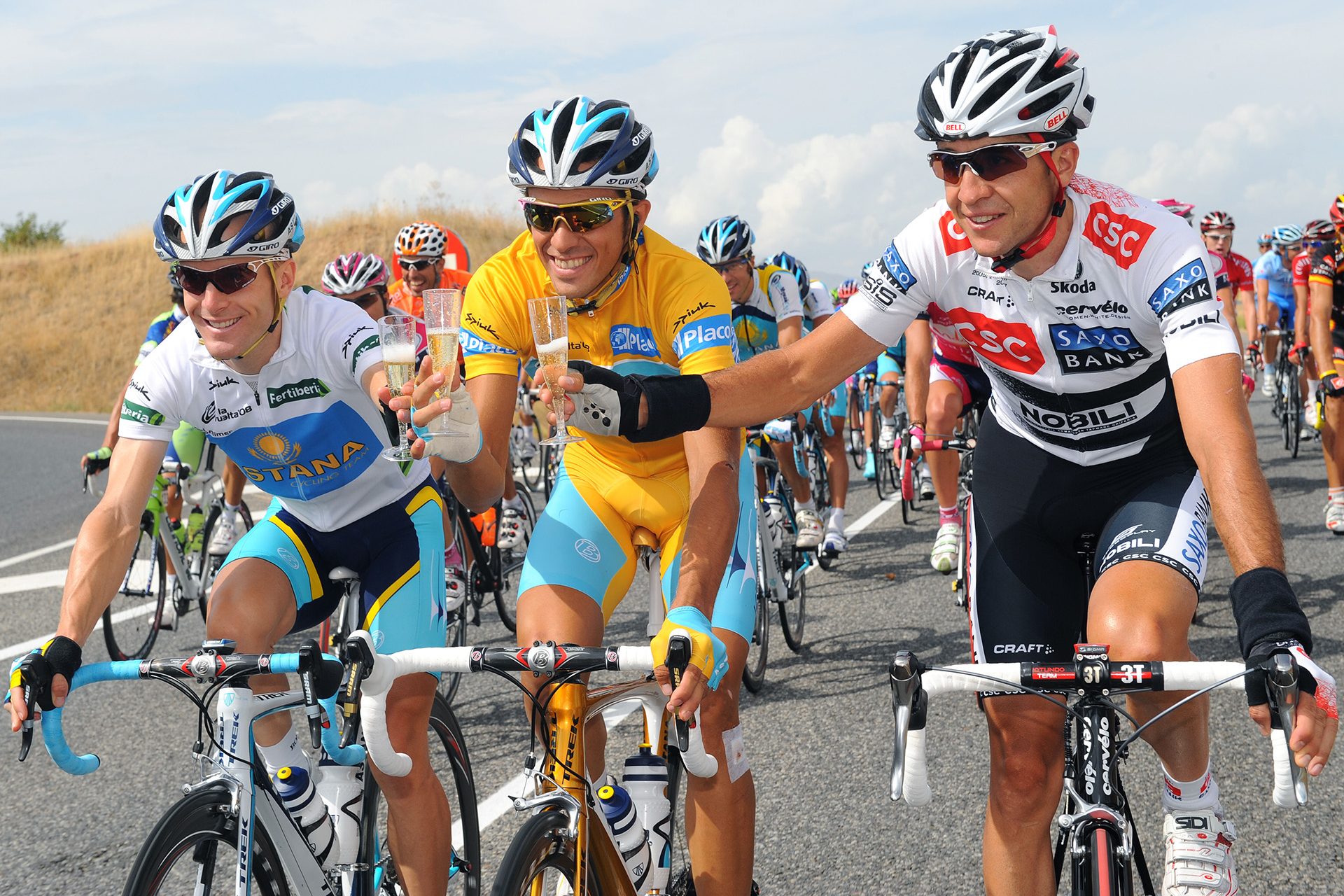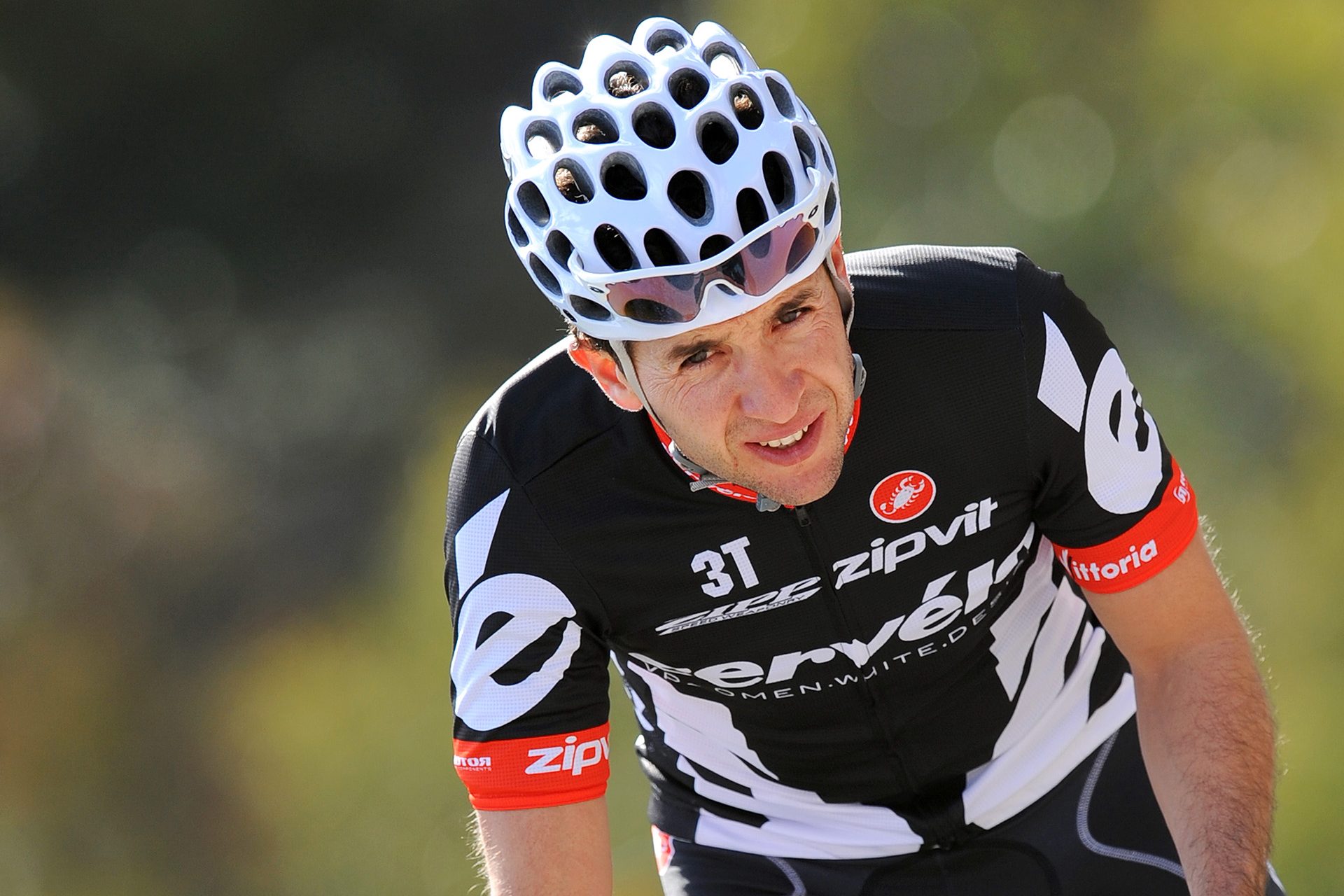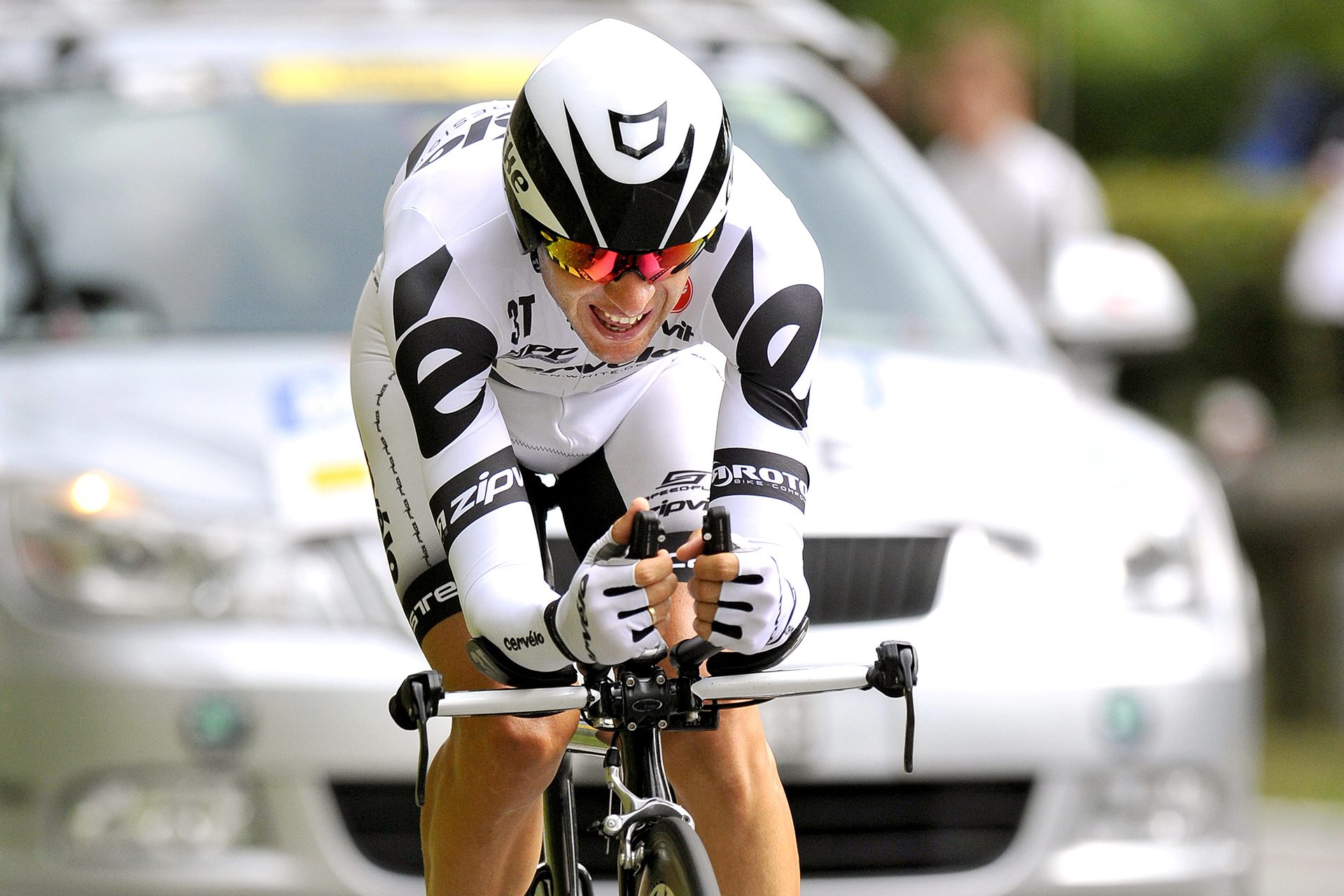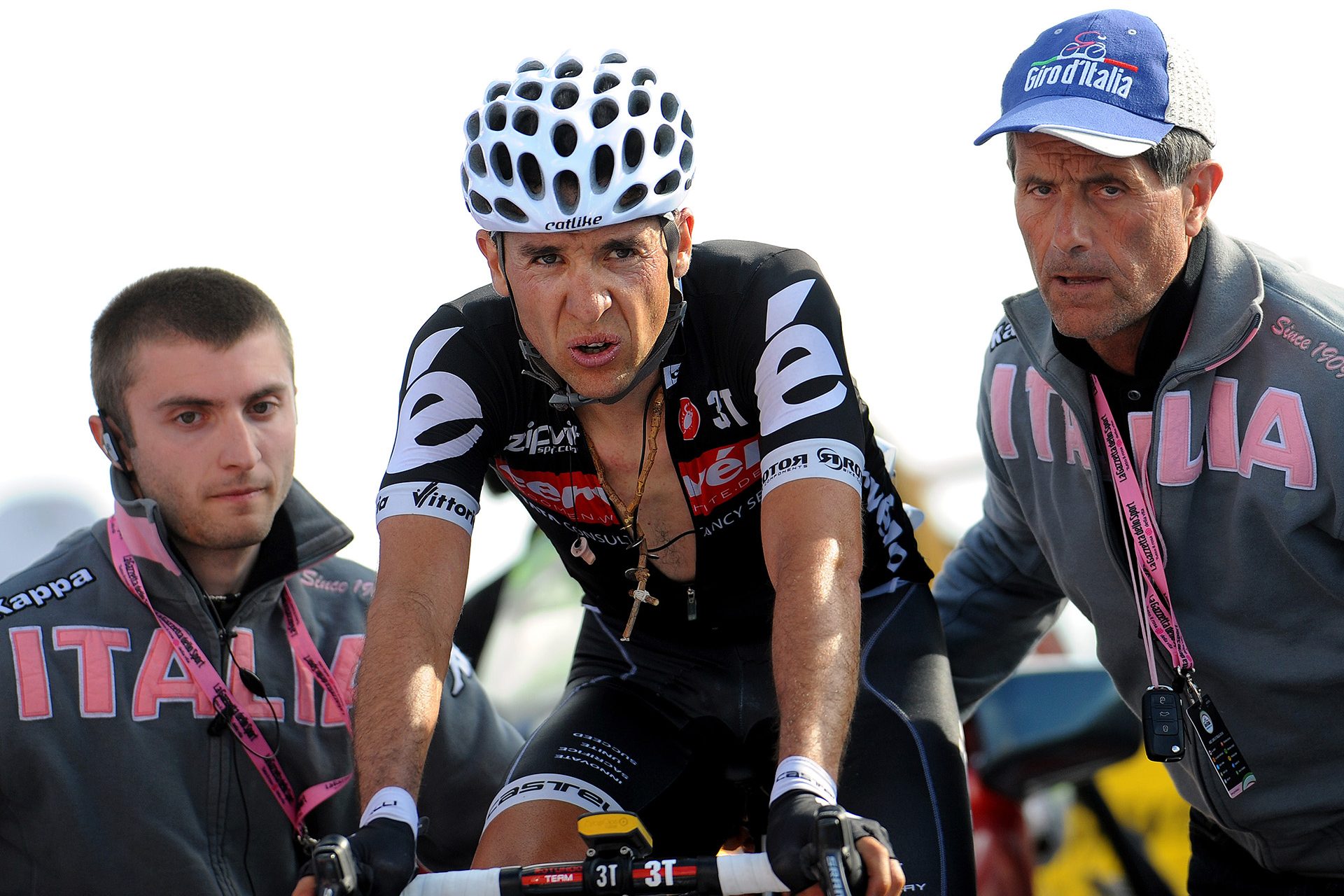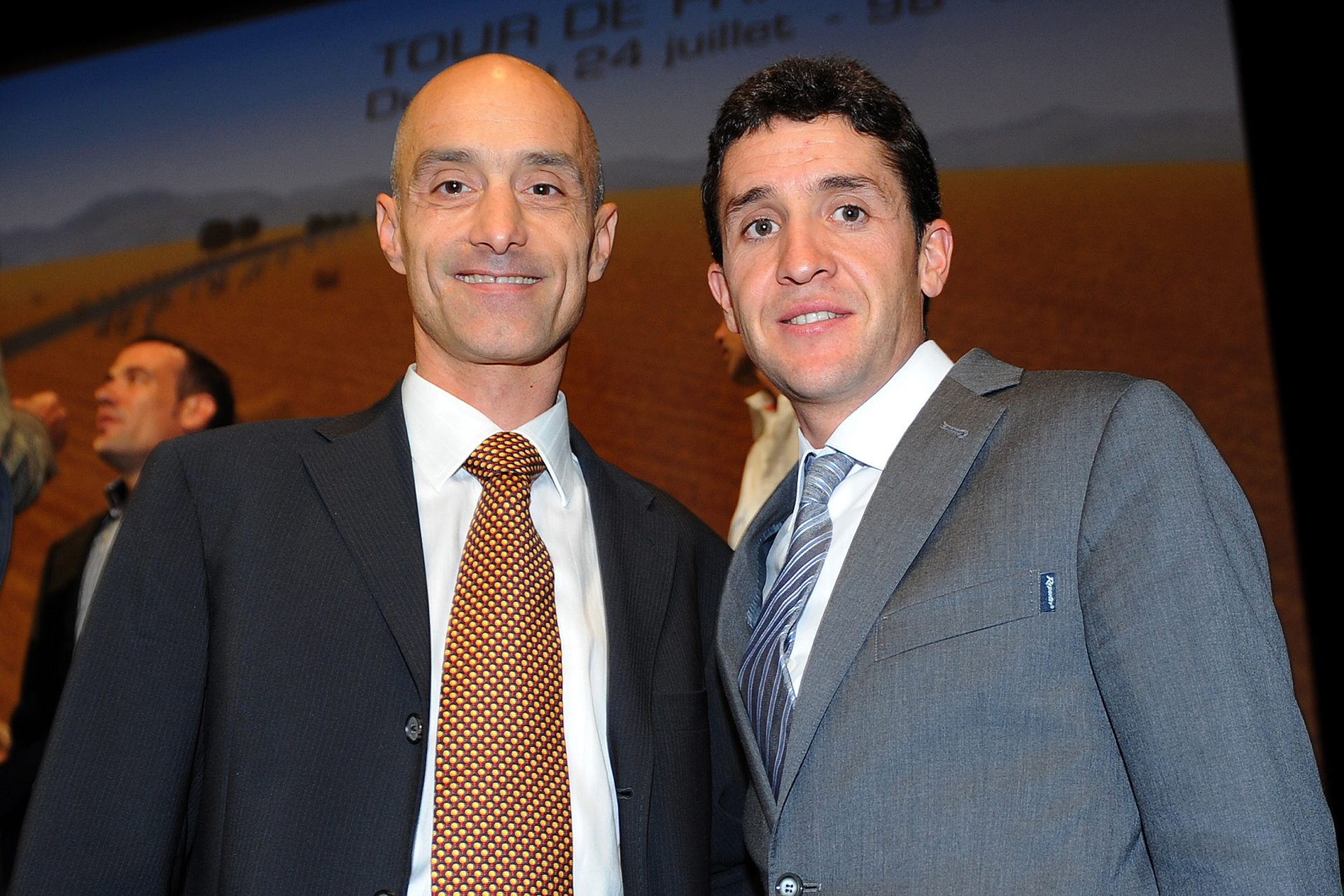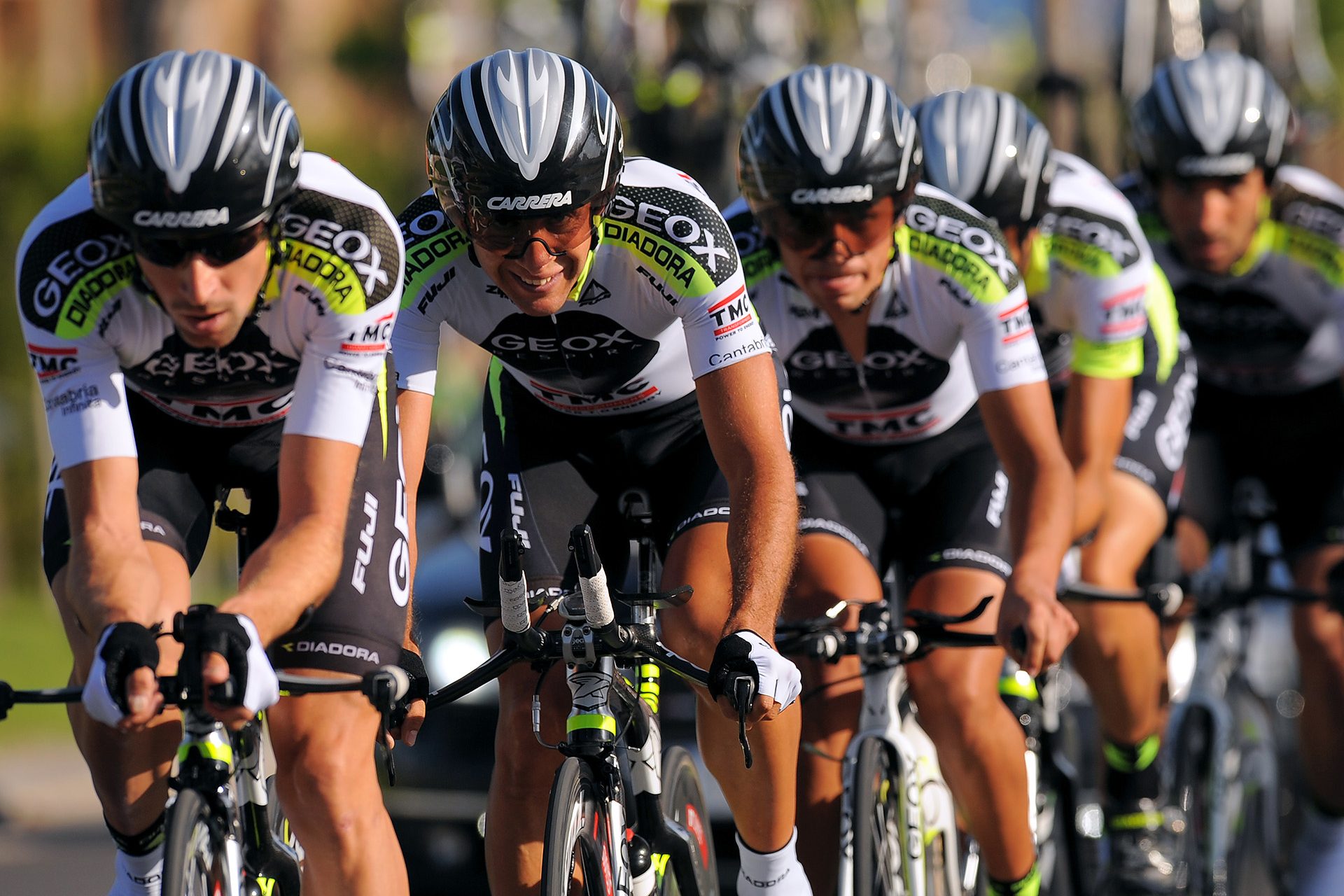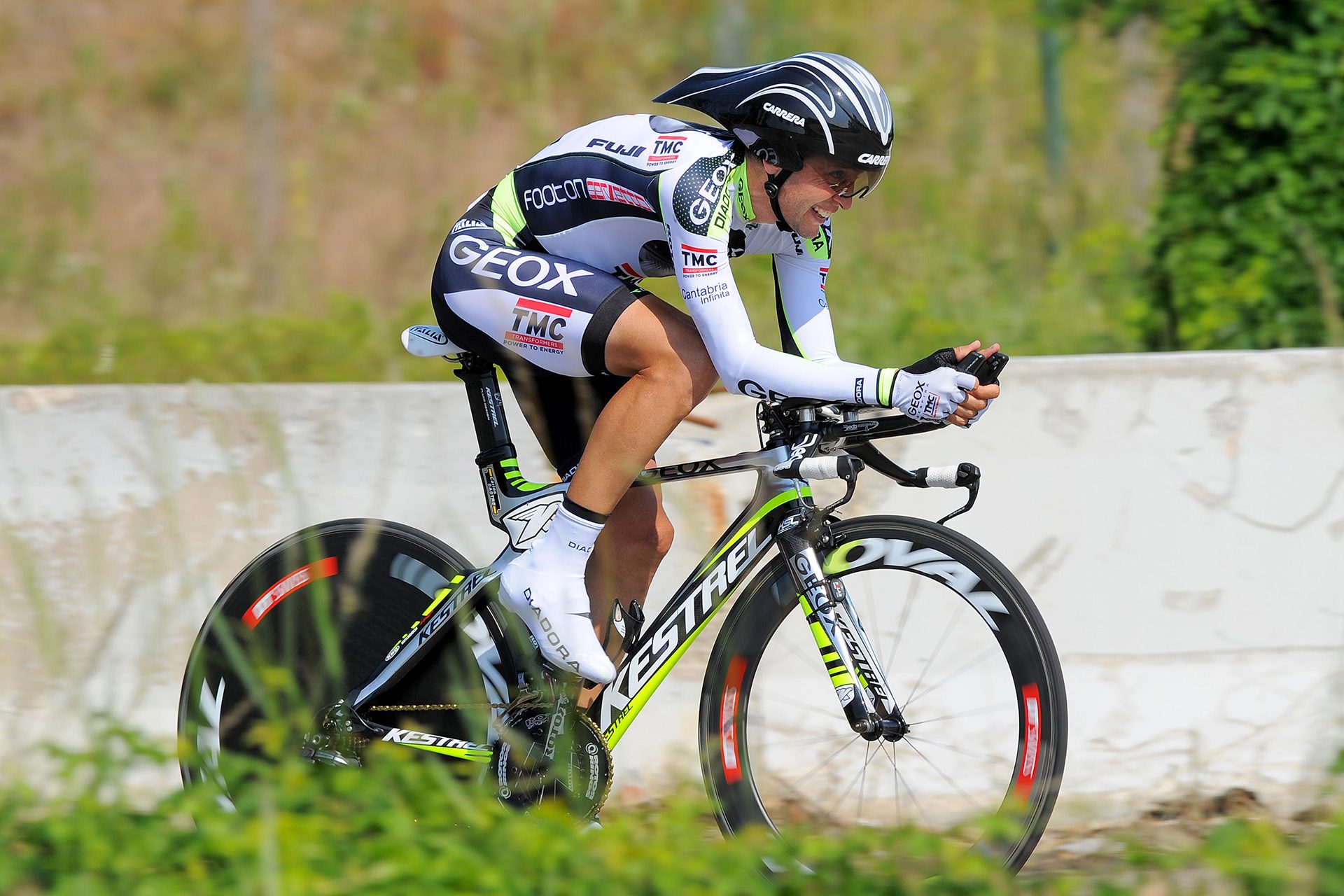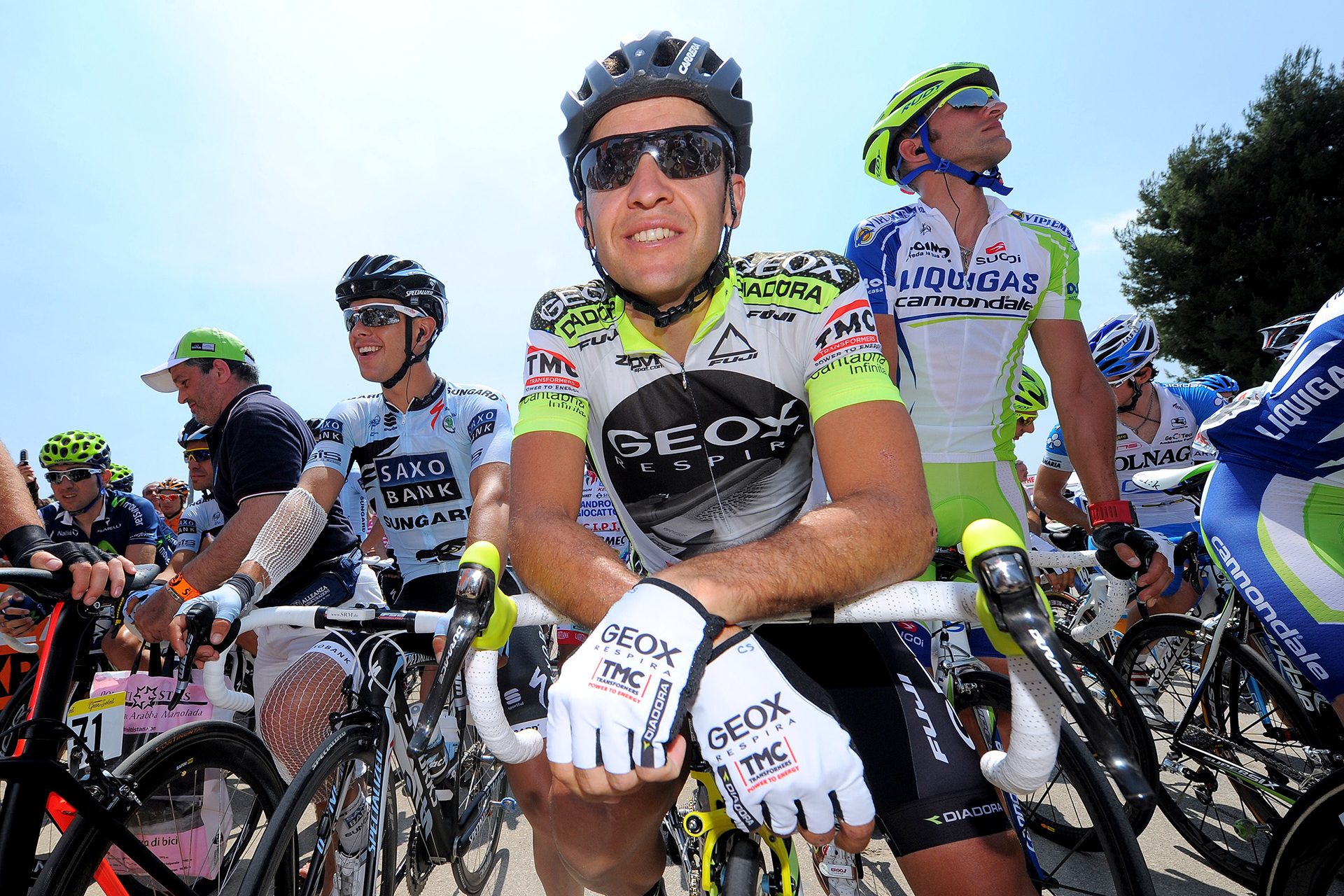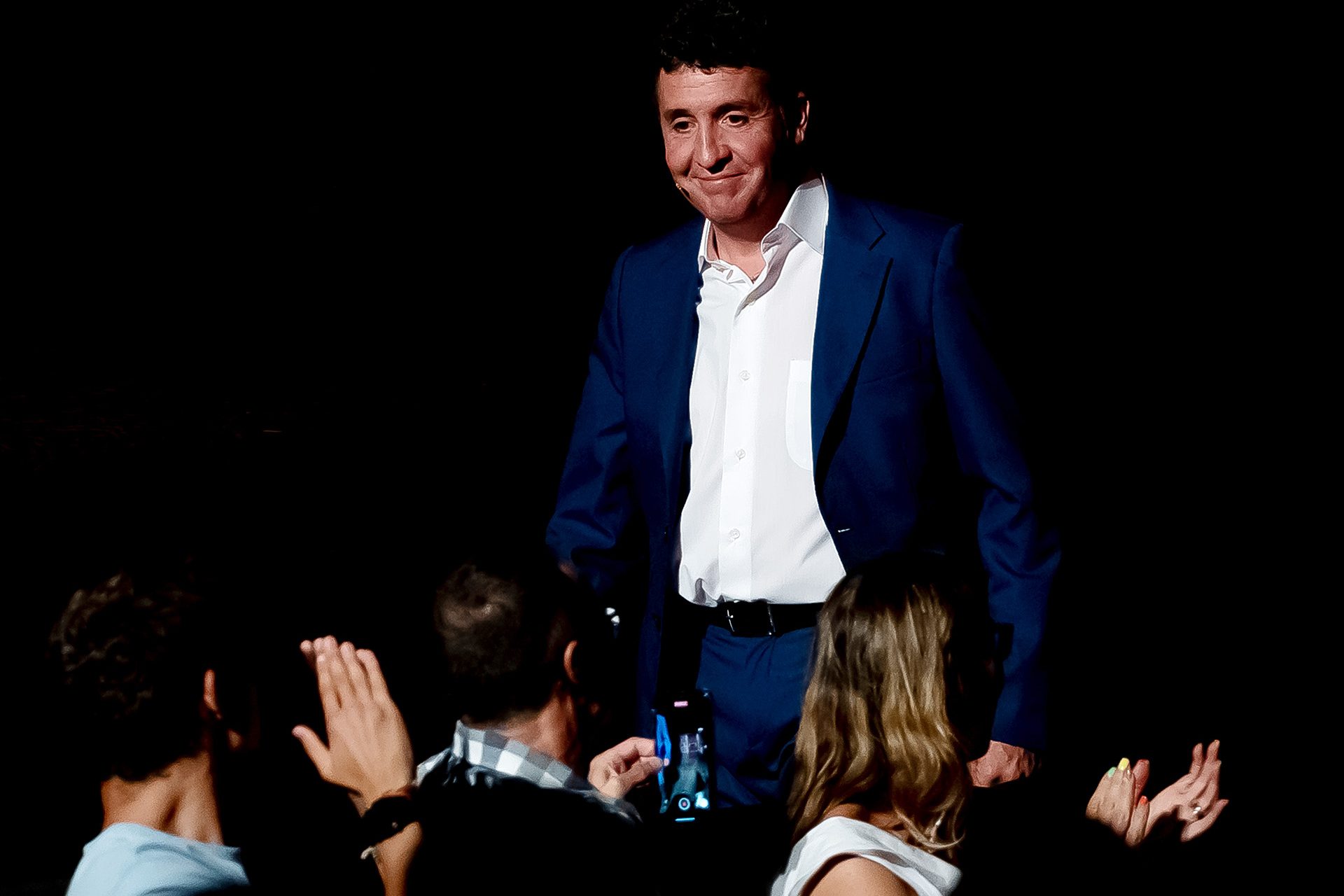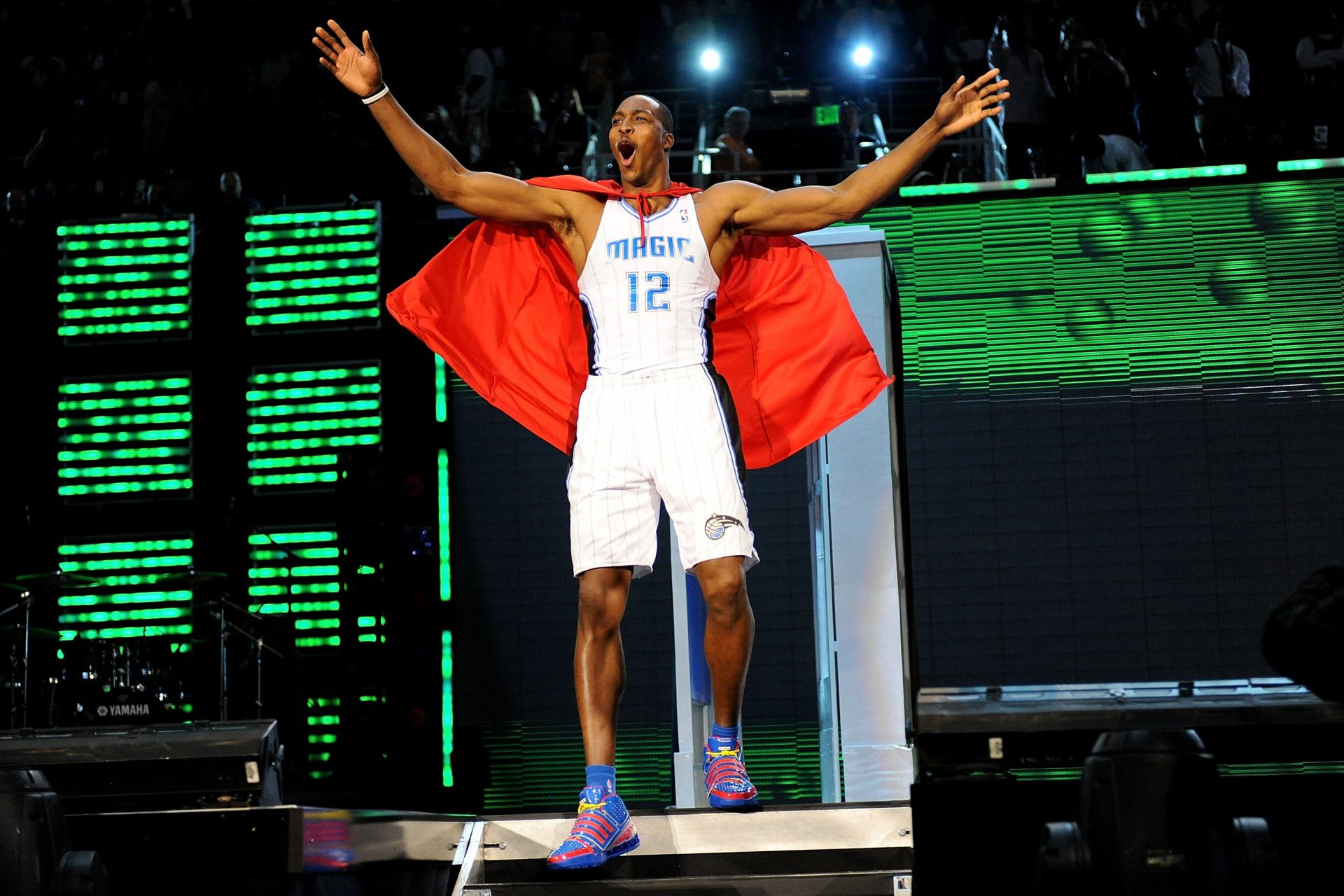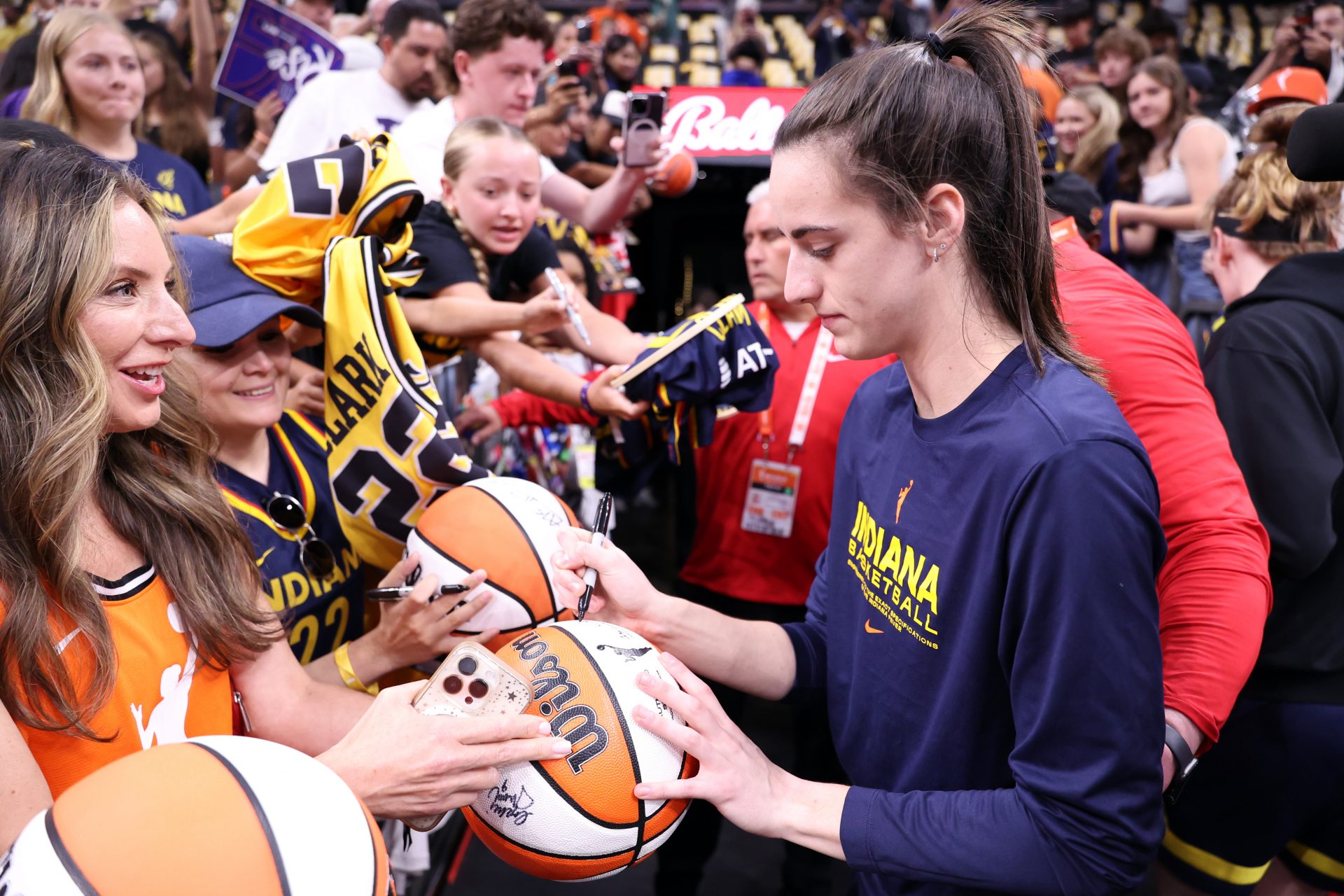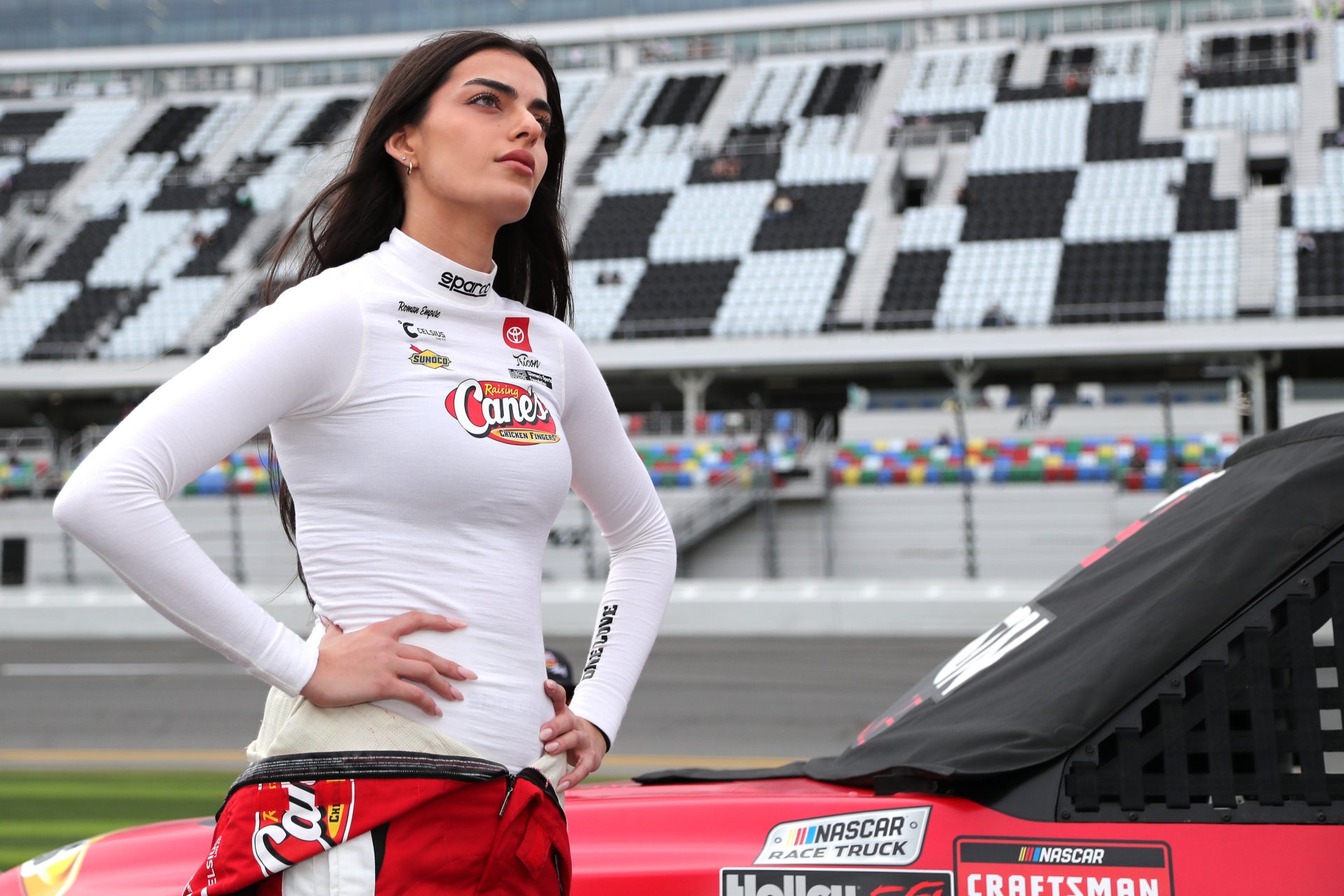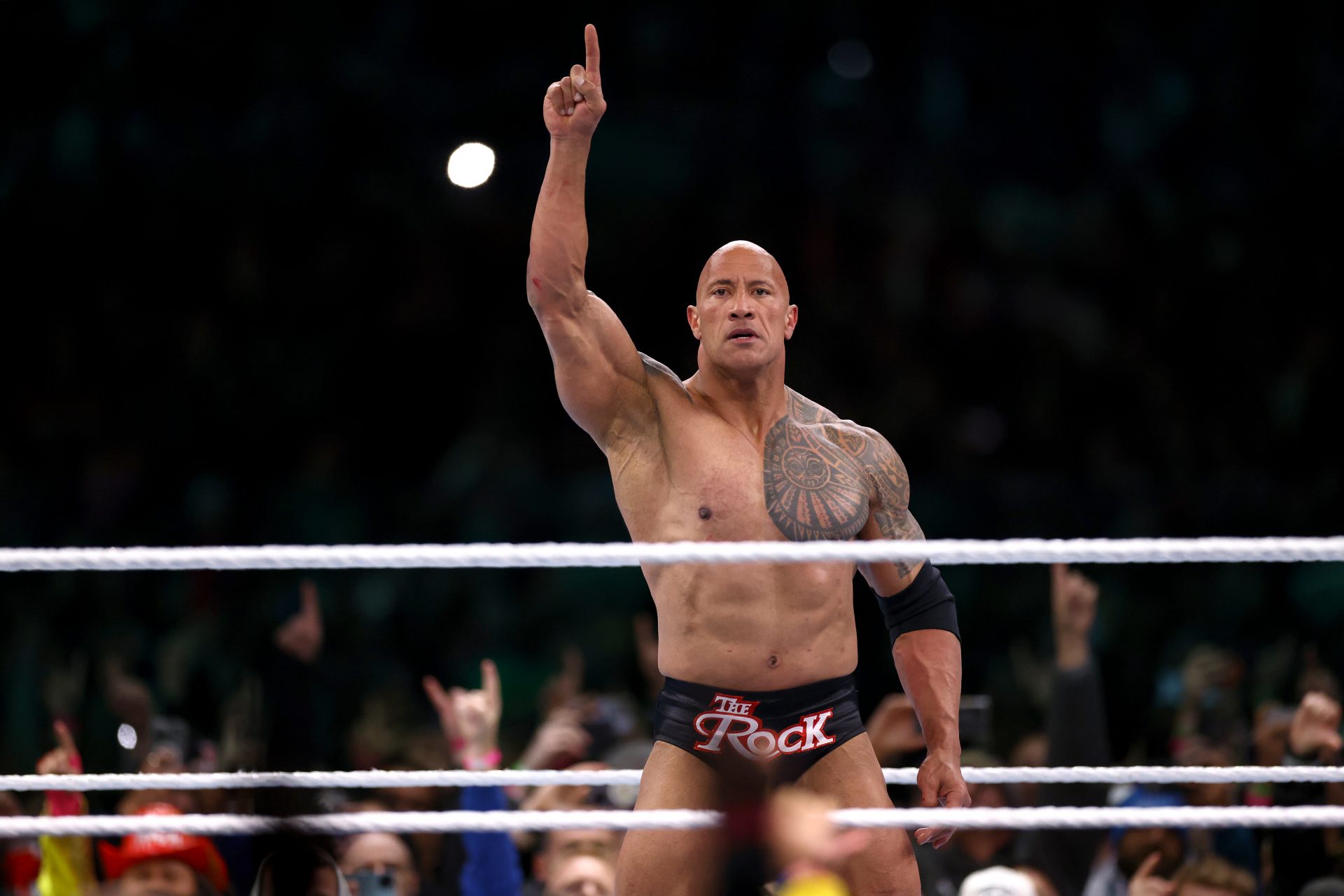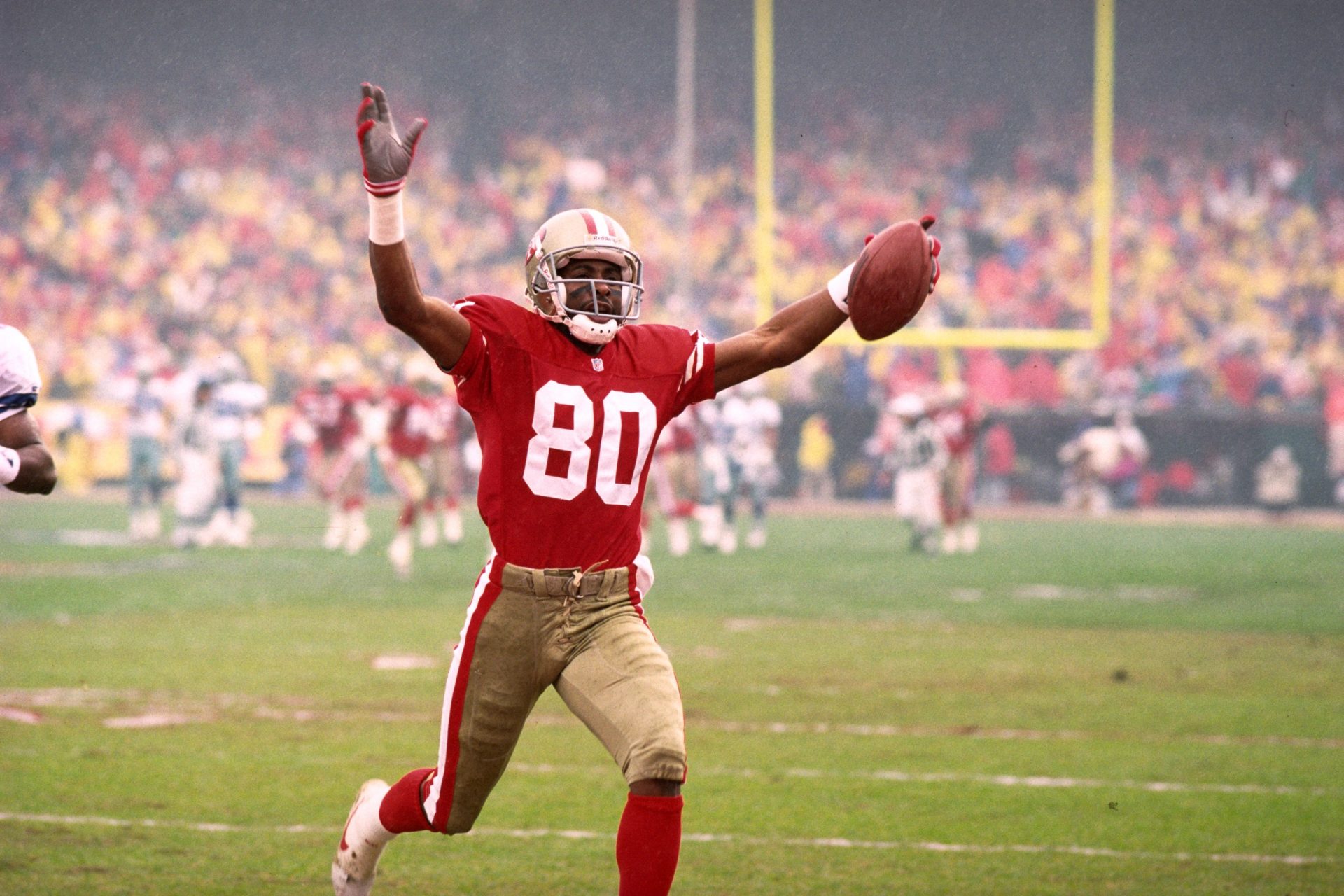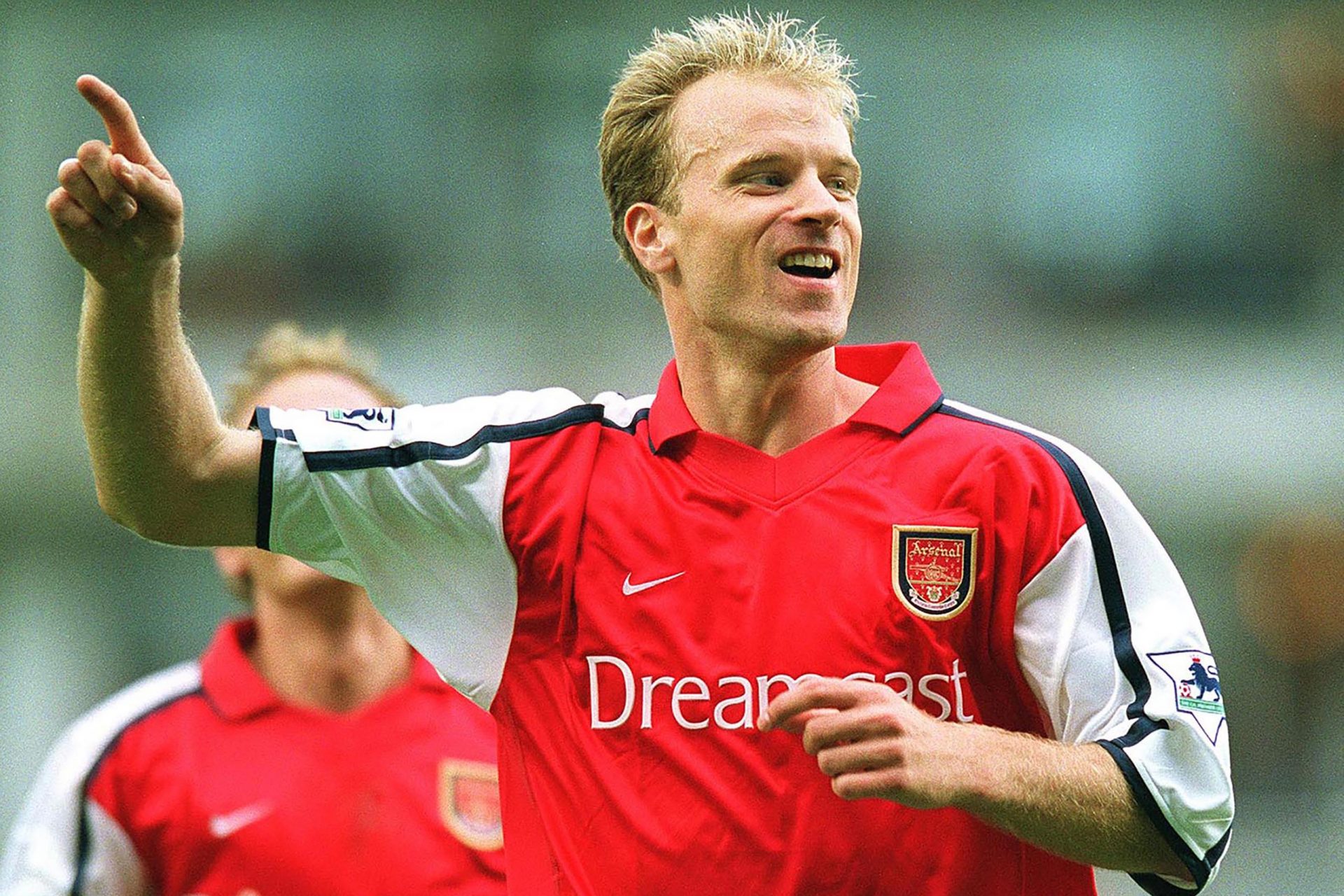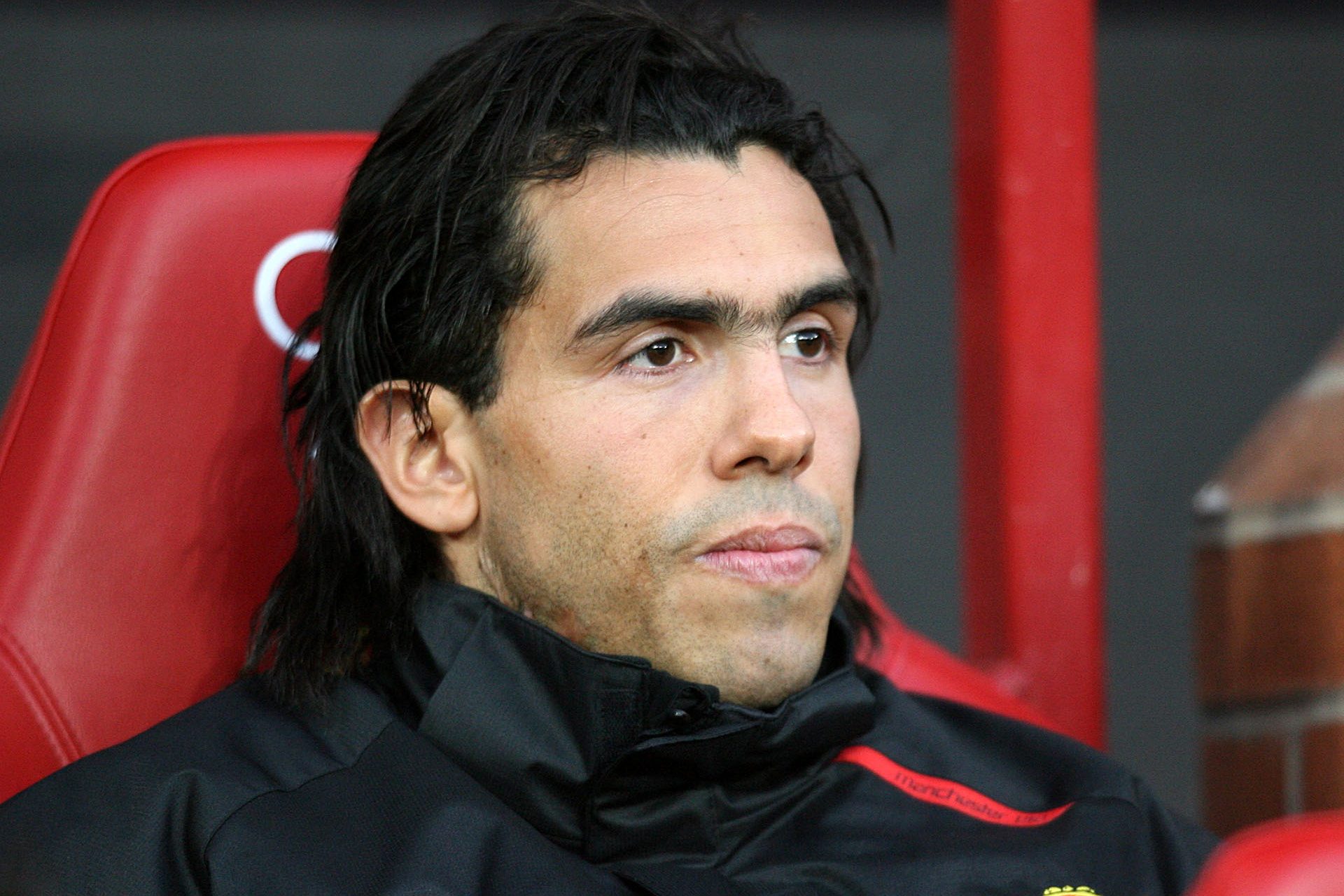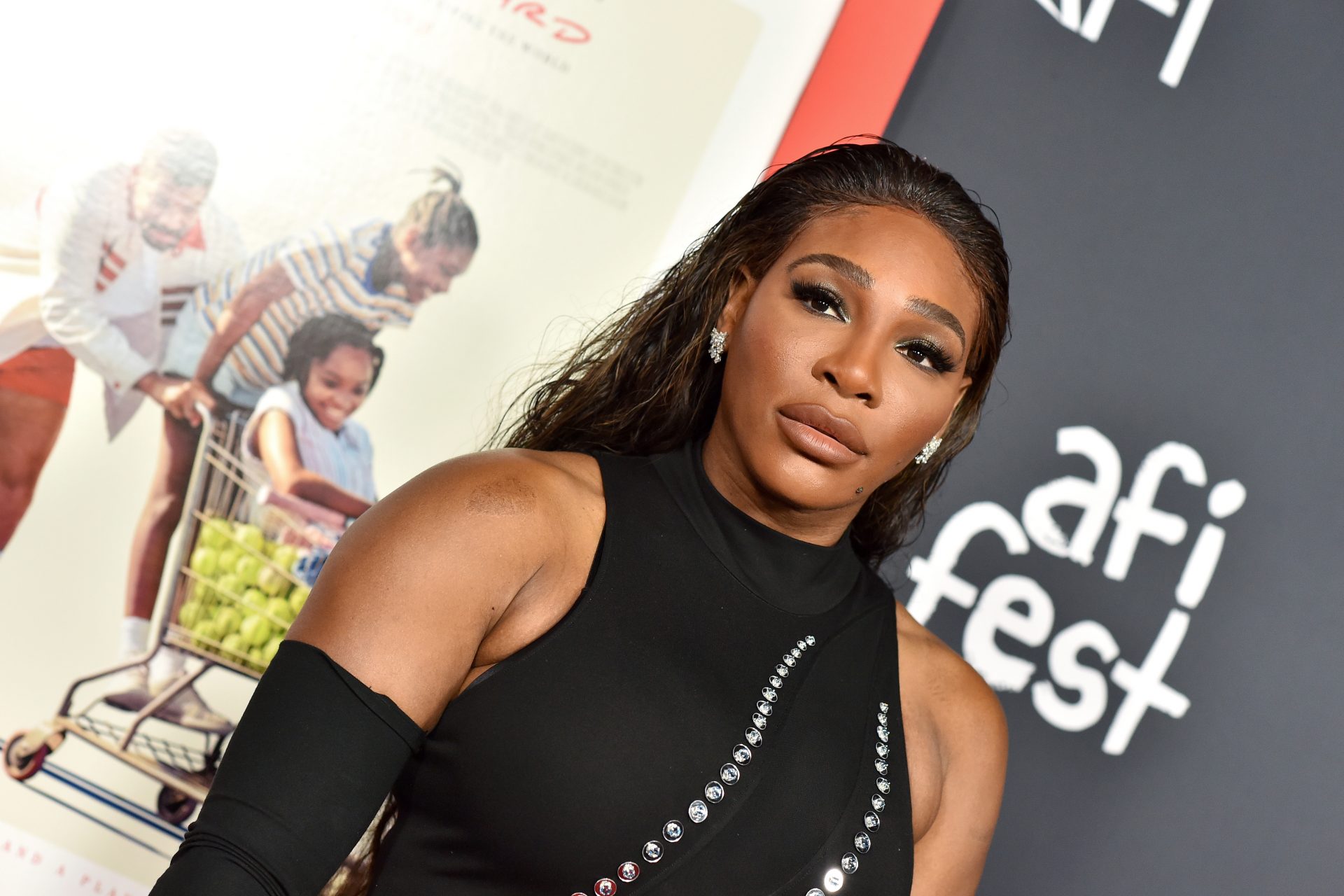What happened to Carlos Sastre, the unexpected winner of the 2008 Tour de France?
In 2008, Carlos Sastre surprised the cycling world by winning the Grande Boucle after an epic battle. Today, he is probably one of the most unknown winners of the Tour de France.
This victory represented the culmination of a remarkable career, the coup of a tireless worker. He, a usual teammate and man in the shadows, was able to seize his chance in the Alpes d'Huez to achieve the biggest victory of his career.
A reward that came 11 years after his professional debut and three years before his retirement, announced after the 2011 Vuelta.
Want to see more like this? Follow us here for daily sports news, profiles and analysis!
Although Sastre has been out of the professional cycling world for over a decade now, he has made a name for himself in an entirely different career. Let's a look at Carlos Sastre's unique journey and what he's doing now.
Unlike many athletes who struggle to adjust to their new lives, Carlos Sastre wasted no time. Only two months after his retirement, he started a jewelry business in the Spanish city of Ávila.
"I opened a jewelry store (named Tous) and I didn't have time to think about retirement. I only had 15 days of doubt and after those 15 days, I started to really enjoy my family, my children, I was able to take them to their activities and be able to do things with them and once you get into that routine, into another way of life, you adapt to it," he told Spanish sports news outlet El Mundo Deportivo.
Sastre's first venture, undertaken with the help of his wife, Piedad Jiménez – sister of the legendary cyclist 'Chava' Jiménez – lasted five years. After that, they decided to sell the jewelry store to create another business, which he currently runs: Carlos Sastre Store – a bike shop.
The buzz around the store started almost immediately. Still located in Ávila, Carlos Sastre Store is a paradise for bike lovers, stocking everything from pro-level bikes, accessories, and supplements.
"I'm still the same guy who was the happiest guy in the world in training. Except now I prefer to work here, in a shop in an industrial area of Ávila, rather than being in the center in London to sign autographs, which I could do as a former Tour winner. In these places, I feel a bit like a monkey in a circus. I like freedom," he said in an interview with El Mundo Deportivo.
Despite everything, Sastre still keeps one foot in the media world. During the first years following his retirement, he worked as a commentator for the Spanish channel TVE in two Giros d'Italia: "I liked this experience because I was able to share my expertise with the viewers, which I think is useful since I participated in many of the stages. Apparently the public recognized it and we reached 2.5 million viewers in some stages," Sastre told Spanish news site El Confidencial.
Alongside this, he is also part of the board of directors of the Víctor Sastre Foundation, a cycling school located in El Barraco (Ávila) and chaired by his father.
With this, an annual cycling event was born in the town of El Barraco: 'La Carlos Sastre'. Unfortunately, this race came to an end in 2020 after many years due to the Covid-19 pandemic.
Although he keeps himself busy with a range of hobbies and business interests, Sastre continues to focus the majority of his attention on his family: “On weekends, I accompany my son to his races,” said he explained to El Confidencial, while assuring that with this he remembered his own childhood: "In a certain way, I do the same thing that my parents did with me. A lot of the time is dedicated [to him], he has our support to take him everywhere."
Carlos Sastre was born in Leganés (Madrid) on April 22, 1975. He moved to El Barraco (Ávila) at the age of 18 to begin his professional training as a cyclist at his father's school. Four years later, in 1997, he made his debut with a new team: ONCE.
Want to see more like this? Follow us here for daily sports news, profiles and analysis!
With the team of Manolo Saiz, his sporting director, he spent four years as a model teammate of its leaders Alex Zülle and, in his last year, Joseba Beloki.
In 2002, Sastre's career took a new turn when he signed with the Danish team CSC-Tiscali, managed by former cyclist Bjarne Riis. There, he became the team leader for the Vuelta a España aka the Tour of Spain.
On the Tour of Spain, at home, he came very close to winning his first Grand Tour by finishing second (2005 and 2007), in addition to a fourth place in 2006, a sixth in 2004 and a third in 2008.
Though a team leader for the Vuelta, he is back to being a teammate for the Tour de France. Despite this status, he shows his signature reliability with three top 10 finishes from 2002 to 2004 and a victory during the 13th stage of the Grande Boucle in 2003.
In 2006, he made his mark by winning the 17th stage of the Tour in Morzine. A victory at the top, which allows him to enter the top 4 of the Tour, even before finishing on the podium following the disqualification of Floyd Landis.
In 2007, he did it again, finishing fourth in the Tour behind Alberto Contador, Cadel Evans and Levi Leipheimer. In this edition, he is one of the best in the mountains but is held back by his weak point – the time trial.
Want to see more like this? Follow us here for daily sports news, profiles and analysis!
In 2008, Sastre finally took off. Fourth, 49 seconds behind the leader and teammate Fränk Schleck, he escaped alone in Alpe d'Huez and overtook all his competitors, relegating the Luxembourger to one minute and 24 seconds.
There is only one thing Sastre needs to do to win the Tour: nail the time trial. In that event, the Spaniard persisted and, despite Cadel Evans' good time, kept his lead and enjoyed the biggest win of his career.
To everyone's surprise, it was Sastre ahead of Cadel Evans, second, and Bernhard Kohl, third. An unexpected but deserved victory for a discreet, hard-working, and courageous runner.
On the podium, Sastre dedicated his victory to his brother-in-law, José María 'Chava' Jiménez: "He taught me to see the reality of cycling and also of life. (…) We always dreamed of a victory like this, at the finish of the Tour and we never got it. We talked so many times about the possibility of finishing together, holding hands... Well, this victory is his too. Chava, We enter into the legend, hand in hand."
That same year, in 2008, he confirmed his status as a cycling legend by finishing third in the Vuelta, becoming the first rider to reach the podium of the Tour de France and the Spanish event in the same year.
After his triumphant year in 2009, Sastre signed for the Canadian team Cervélo. He distinguished himself in the Giro d'Italia, finishing second after the disqualifications of Danilo di Luca and Franco Pellizotti.
The rest of 2009 was quieter for Sastre, with a 17th place finish in the Tour and a non-participation in the Vuelta due to "physical and mental fatigue".
Want to see more like this? Follow us here for daily sports news, profiles and analysis!
In 2010, he participated in the three Grand Tours, despite a herniated disc that bothered him all year. He finished eighth in Italy, 19th in the Tour and 7th in La Vuelta. In September, he placed 3rd in the San Sebastian Classic, achieving at the same time the best position of his career in a classic.
During his last professional year, in 2011, Carlos Sastre signed for the Geox team, with whom he participated in the Giro d'Italia, finishing 30th and in the Vuelta with a modest 20th place. It was after this that he decided to announce his retirement on September 15.
As he himself said in an interview with Mundo Deportivo, it didn't take long for him to realize that he no longer loved cycling: "It took me almost two months. In June, I was racing the Tour of Austria, I finished 3rd in the general classification, and at that moment, the things that had fun before, that didn't stress me out, started to stress me out."
A problem that he also explained in another interview with Relevo: "I retired because the things that motivated me were starting to stress me out. I was racing for Geox, which didn't participate in the Tour de France, and I saw that on the flat stages, I was lacking equipment, that the road was becoming more dangerous."
"Everything I loved before started to fade away, so I started to see things differently. I came to the conclusion that I had already seen everything there was to see. (…) In fact, I had offers from several important teams but I didn't want to extend it anymore. I said goodbye on the podium of La Vuelta, just after helping Juanjo Cobo. There, I said to myself, Carlitos. we have come this far," he explained to Spainish sports news site Relevo.
Today, more than a decade after his retirement, Carlos Sastre leads a quiet life in the city of Ávila, far from the media spotlight and devoting his time to his family and his bicycle shop, a life in which – as he said in the Spanish edition of Flashcore – "I enjoy every bike ride."
More for you
Top Stories



